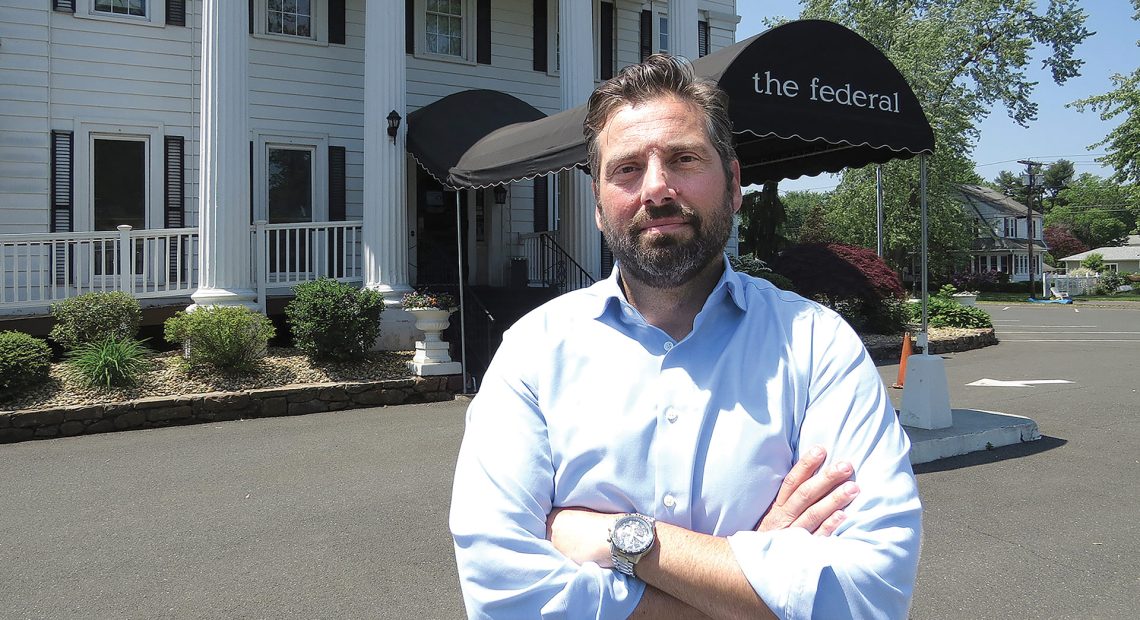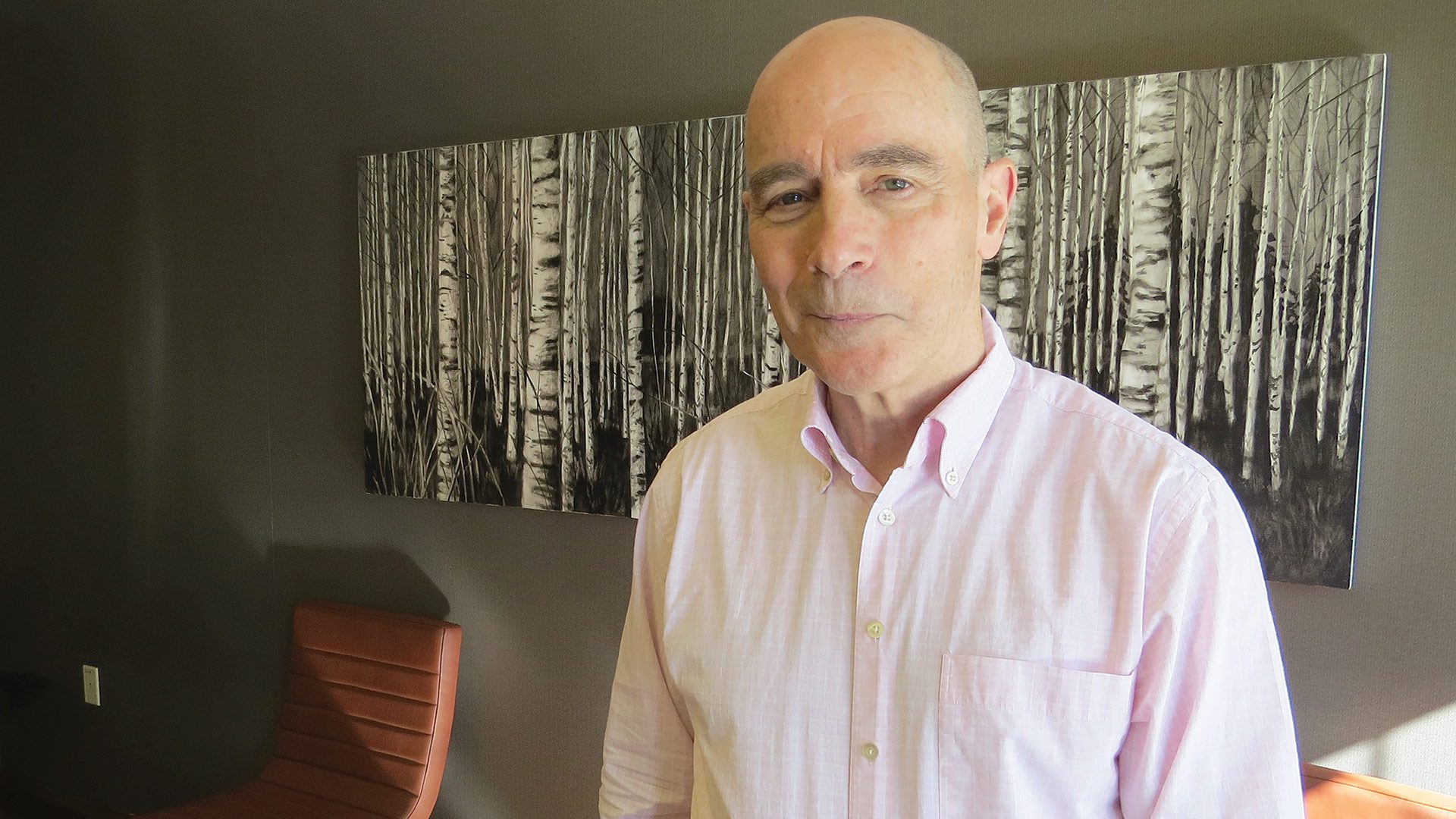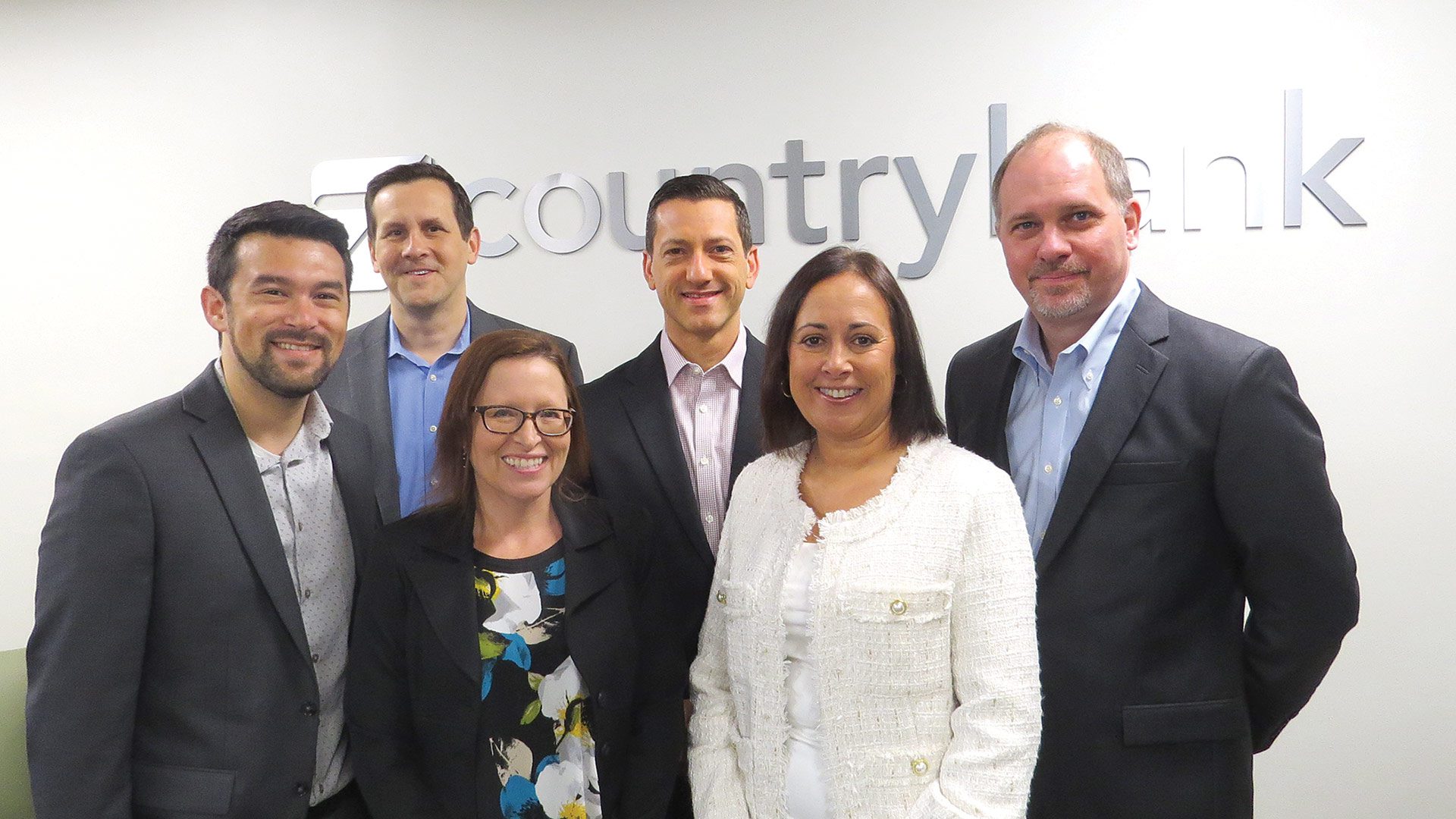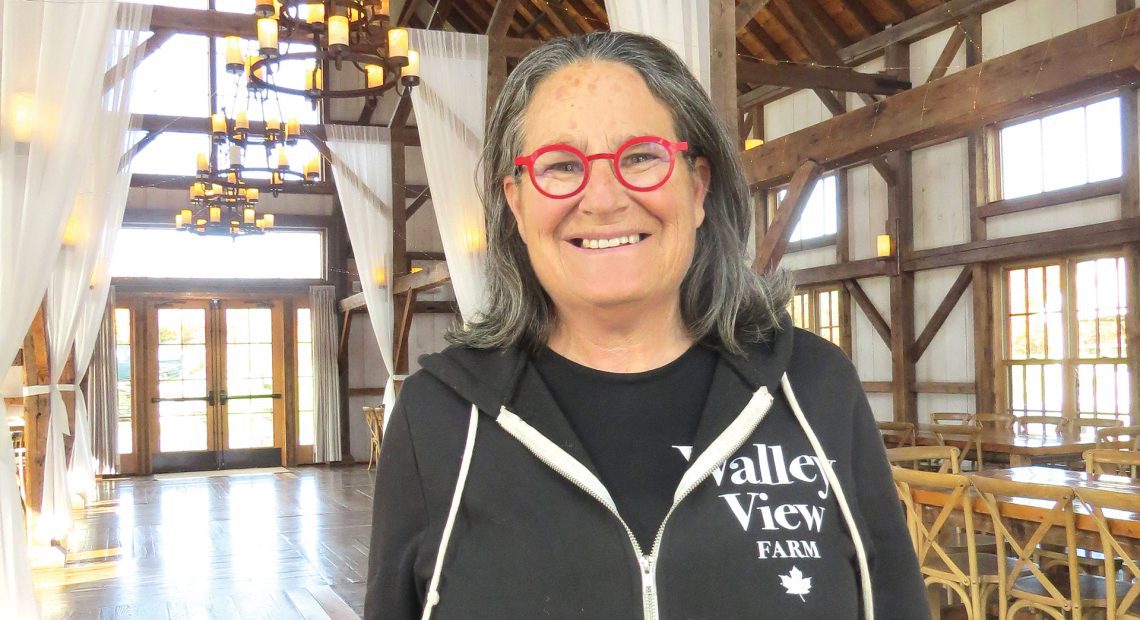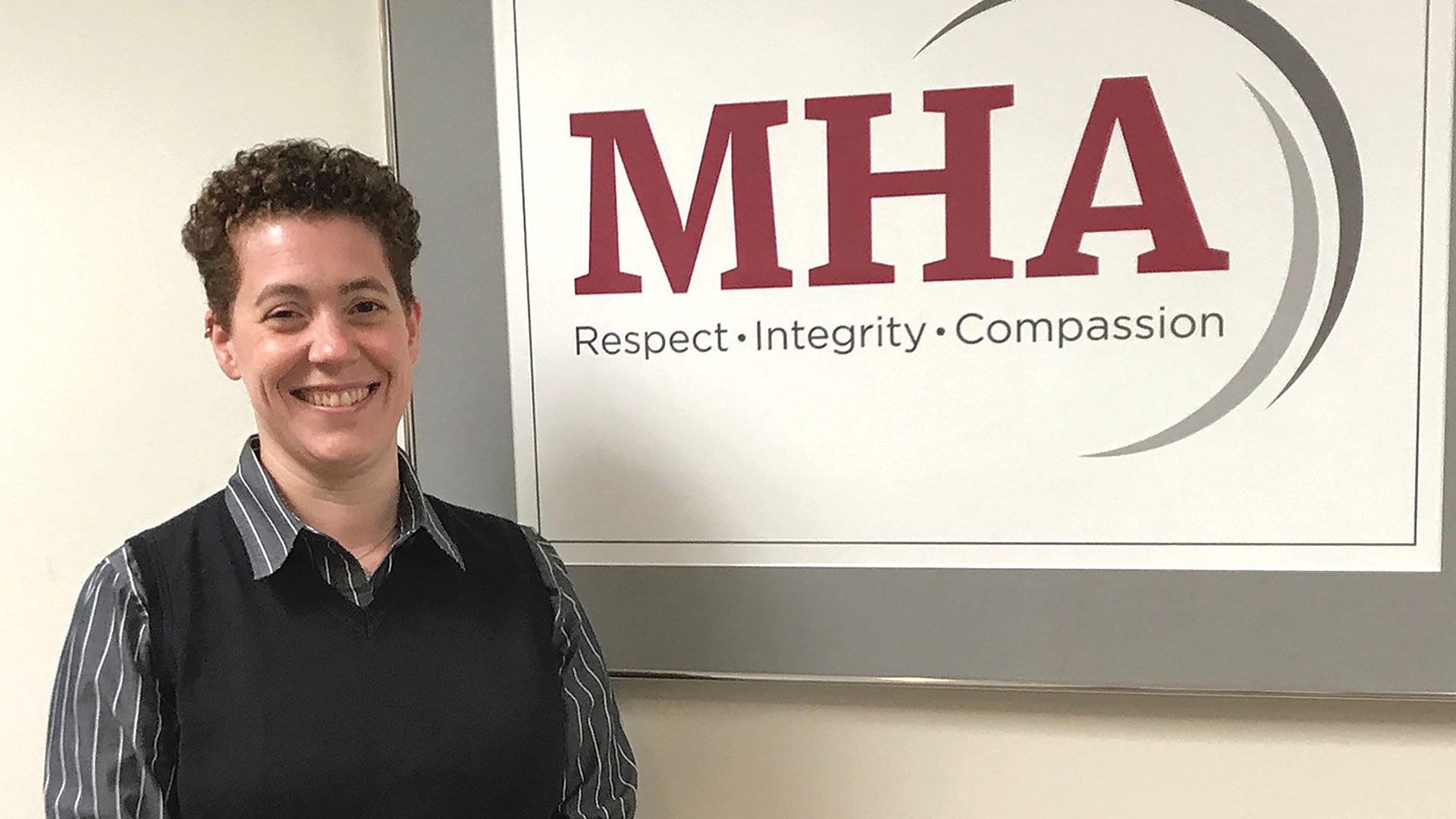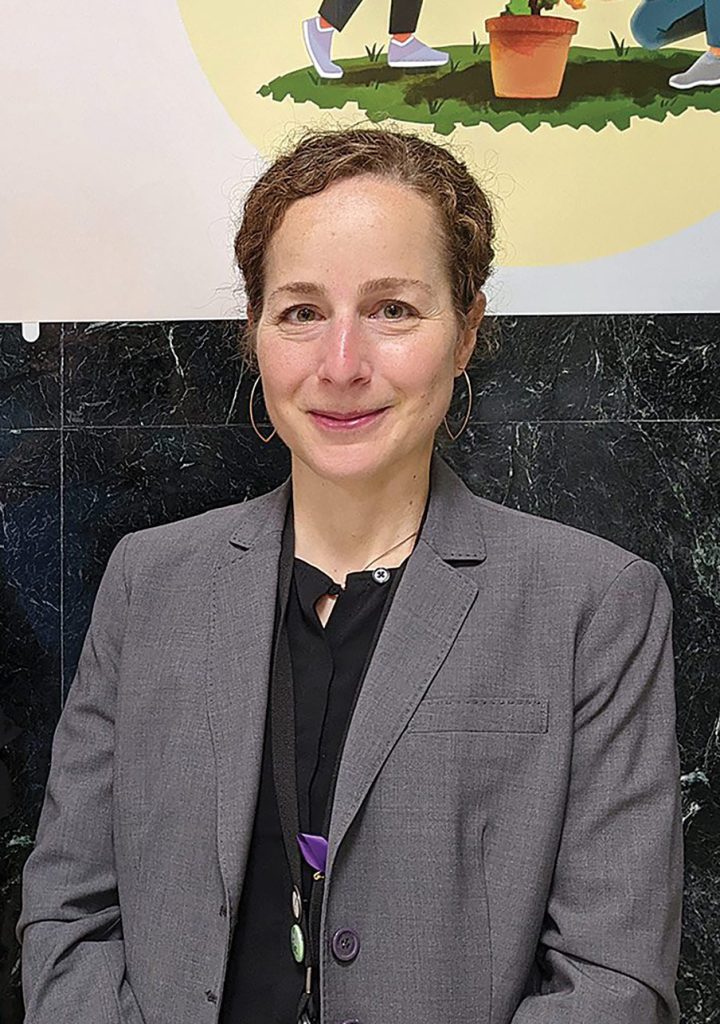Making It Work
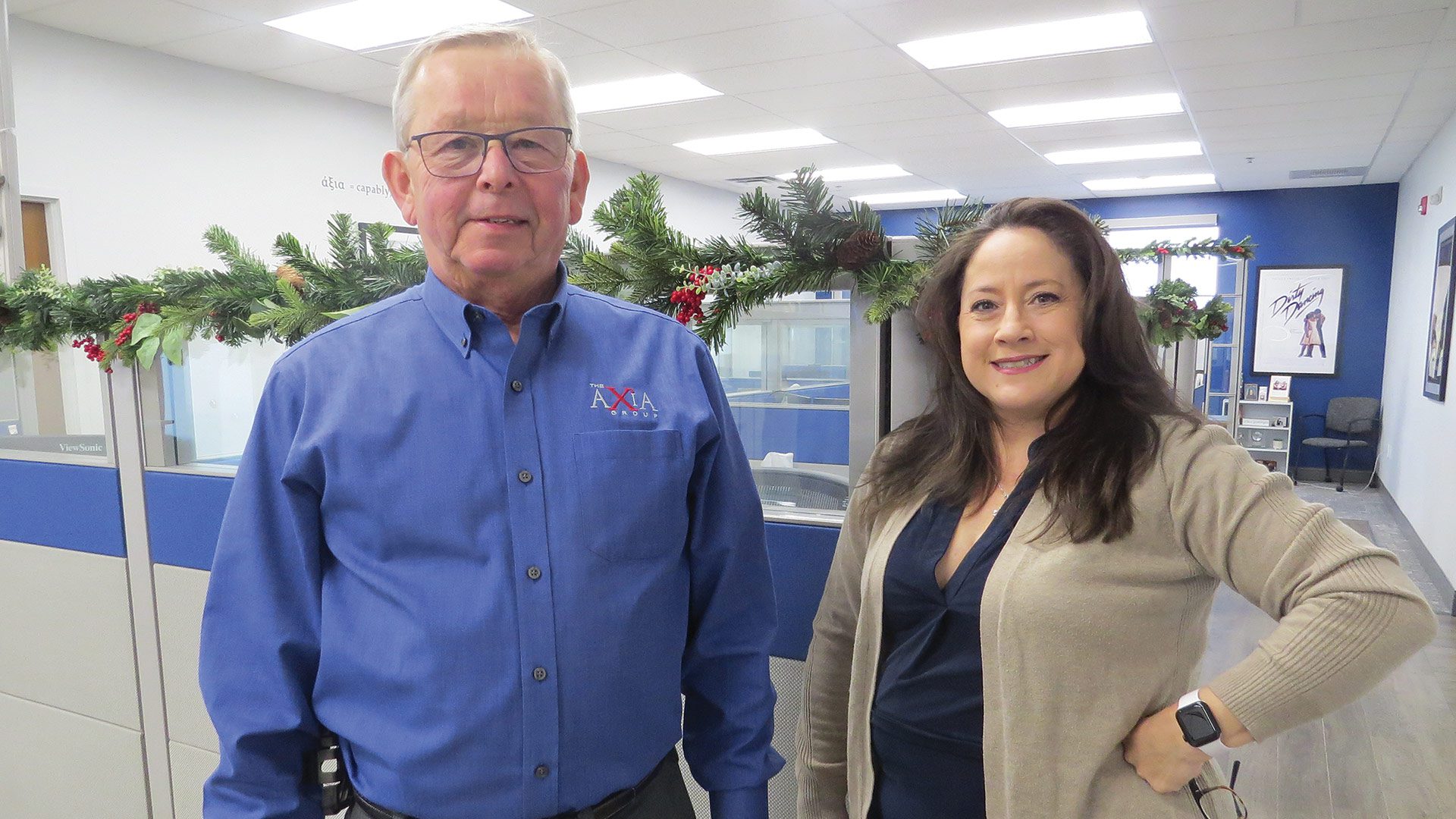
Mike Long and Alana Sambor say Axia employees appreciate a four-day workweek.
They call it the ‘buddy system.’
And it’s just one of many elements that have gone into what has thus far been a successful transition to a four-day workweek at West Springfield-based Axia Insurance.
Mike Long, the company’s CEO, explains how it works.
“Everyone picks or is assigned a buddy; if someone is not on in Monday, their buddy will take anything that comes in that has to be handled on Monday,” he said, noting that, in insurance, there are some things that can’t wait a day, so the buddy system is imperative to this arrangement whereby employees can take either Monday or Friday off, thus earning a three-day weekend 52 weeks a year.
The success of the buddy system has helped Axia make conversion to four days — 34 hours, with a goal of eventually getting it down to 32 hours — a success story that is still a work in progress, said Long, adding that a great deal of study and preparation went into this, and the prep work is certainly paying off thus far — for employees and the company.
“If you want to work at home because you find there are fewer distractions there, that’s fine. But if you feel the need to be at work because there are fewer distractions there, that’s fine, too. For those of us with kids and dogs, there are fewer distractions at work.”
Alana Sambor, director of Operations, agreed. She said employees have enthusiastically embraced the change, as might be expected, and there have been a number of benefits, everything from steady, and in some cases improved, levels of productivity, but with happier employees, to a decline in the number of requests for other paid time off, with employees scheduling doctor, dental, and vet visits; home-appliance repair windows; and more on the one day a week they are off (more on all this later).
As noted, the four-day week has come about through a hard focus on employee satisfaction, followed by study, examination of best practices (what few there are in this realm), and what could be called beta testing, running the program through its paces over this past summer, said Long, adding that businesses thinking about following this course need to do their homework, think it through, and effectively communicate everything that needs to be communicated to employees at all levels.
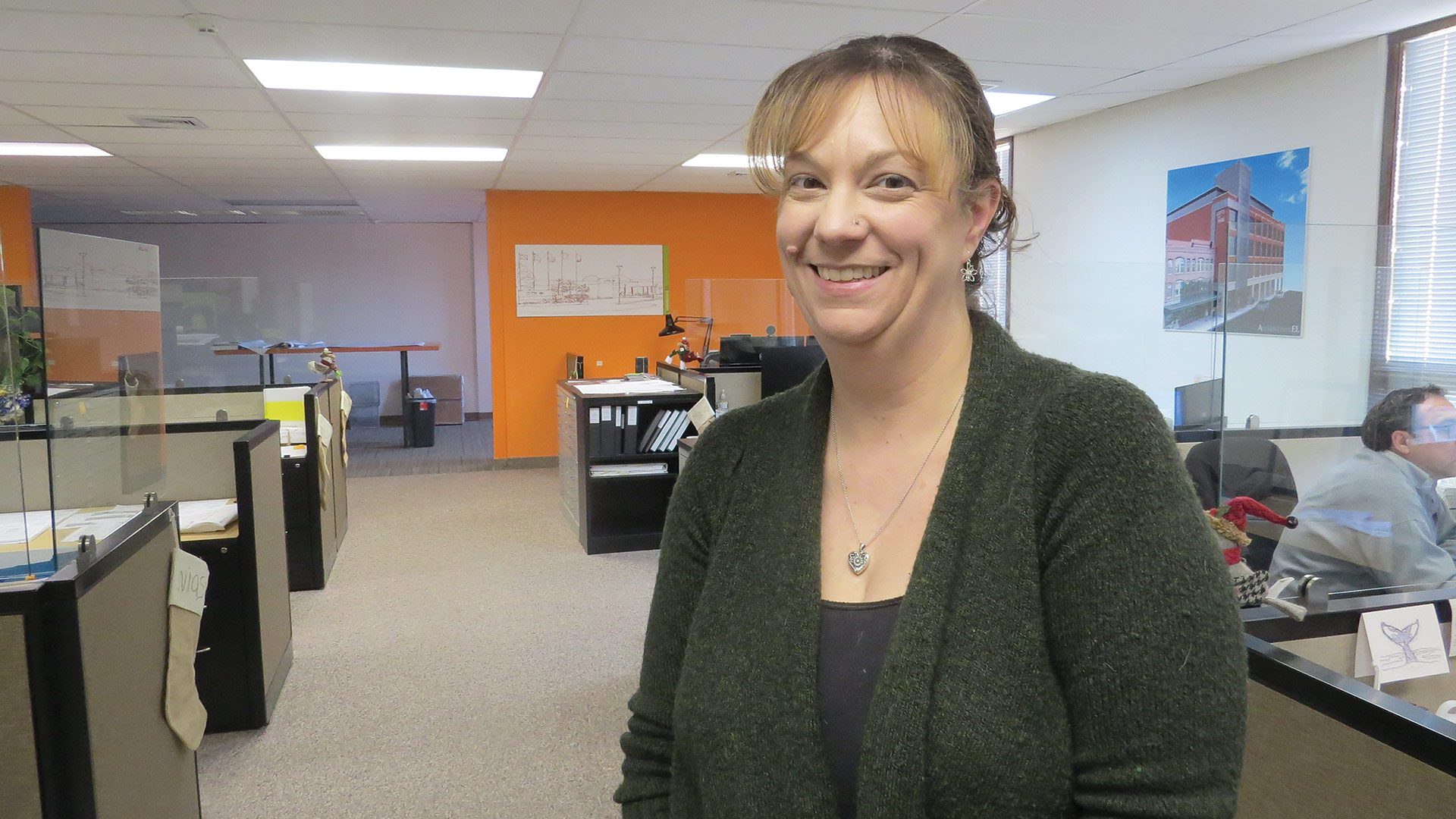
Allison Lapierre-Houle says remote work and hybrid schedules have earned a measure of permanence at ArchitectureEL.
Meanwhile, the Wilbraham offices of Giombetti Associates tout what Bobby O’Neil calls a four-and-a-half-day workweek. There is a half day on Friday, with almost all employees — often everyone but him — working remotely on that day. This is the latest spin, or evolutionary course, on remote policies that are working for the company on many levels.
“The other four days, there is flexibility, with remote work an option for those who prefer it,” said O’Neil, senior advisor at this company, which specializes in pre-employment assessments, leadership training and development, and talent-acquisition solutions.
“If you want to work at home because you find there are fewer distractions there, that’s fine,” he said. “But if you feel the need to be at work because there are fewer distractions there, that’s fine, too. For those of us with kids and dogs, there are fewer distractions at work.”
As for Fridays and the quietness in the office, O’Neil said he enjoys it, mostly. “I’m alone, but I’m not lonely,” he quipped.
“Everyone has a three-day weekend, which has improved morale exponentially and improved work-life balance for everyone. The positivity in the office and the energy have completely changed.”
Fridays are nearly as quiet at the ArchitectureEL offices in East Longmeadow. That’s because seven of the company’s 10 employees are working remotely. All employees have the option to work remotely several days of the week, and most of them, but not all of them, make Friday one of those days, said Allison Lapierre-Houle, office manager for the company.
She said this is the pattern, or schedule, that employees have generally settled into, adding that remote work has earned a measure of permanence here, as it has elsewhere.
For this issue, we examine this shift in the workplace, and the many variations on the broad themes of remote work, flex schedules, and, yes, a shorter work week.
Week Link
As he talked about how the four-day week came to be Axia, Long said there was some careful reflection deeply rooted in a focus on employee satisfaction, recruitment, and retention.
Elaborating, he said Axia had embraced remote work in the wake of the pandemic, and most employees were taking advantage of it.

Bobby O’Neil says Giombetti Associates’ four-and-a-half-day workweek is one of several initiatives to help employees balance work and life.
But it came with a price tag of sorts, he went on, referencing a loss of company culture because employees were not together in the same place at the same time. “We were losing the culture of Axia,” he said. “All of the sudden, it felt that they were slipping away from us; we weren’t a family anymore.”
But, and this is a big but, the company also recognized the need to create a work environment that was attractive to current and potential employees, especially in the middle of an ongoing workforce crisis.
“We realized that the most valuable asset we have at the company is our employees, and based on that understanding, we’ve tried to create a culture that is very employee-focused,” he said, adding that Axia even boasts a gym at its facility. “What we wanted to do is create an effective work-life balance because it’s good for the employees. And if it’s good for the employees, it’s good for the clients.”
One method that emerged for getting there is a four-day work week, something that has been tried, with some success, in Europe, but not so much in the U.S.
“Every company had an identity before they went remote and hybrid, and now you add to that the complexity of remote workers and hybrid workers, and they have to think of creative ways to preserve the culture that they have.”
At the heart of the initiative is effective communication about all aspects of the new system, from the nuances of the buddy system to what is expected in terms of productivity, said Sambor, noting that it was made clear that team members would be doing the same amount of work, but in fewer days.
“The best rule of thumb is to set the standards that you’re trying to accomplish,” she noted. “If you have a full-time staff, and they’re taking 100 calls a day, and that’s what you expect from them, when they go to a four-day work week, we’re still expecting them to take 500 phone calls.”
But the tradeoff — more work in less time for that three-day weekend — has been enthusiastically accepted.
“Everyone has a three-day weekend, which has improved morale exponentially and improved work-life balance for everyone,” Sambor said. “The positivity in the office and the energy have completely changed.”
Long agreed.

Amy Roberts says employees at PeoplesBank have come to appreciate an organization that allows them some flexibility.
“One thing we have really noticed is the attitude of the employees in the office is so much more positive,” he told BusinessWest. “People seem to more energized, more excited — they tell stories about what they did on their day off.”
And while the new system is set and now policy at Axia, this is still a learning process, he noted, adding the company has “stubbed its toe” a few times, but there’s been nothing to make it second-guess this huge decision.
Remote Possibilities
That same sentiment seems to apply to the companies that have fully embraced remote work and hybrid schedules.
Giombetti introduced remote work before the pandemic, said O’Neil, adding that it works with clients across the country, many of whom it simply cannot meet in person.
“While some companies were forced into remote work and a virtual workspace, we were honing it,” he explained, adding that such arrangements work for clients and employees alike.
Especially the four-and-a-half-day workweek, which has been in place for several years now, he said, and helps employees as they seek to achieve work-life balance.
As for the clients Giombetti is working with, many are doing some honing of their own when it comes to policies regarding where and how people work.
Like the managers at Axia, O’Neil said that, as companies look to embrace different schedules and policies, the best course is to effectively communicate with employees and job candidates alike about what they should expect — and what is expected of them.
“This could include, but is not limited to, goals, core hours of work, mandatory meetings, mandatory check-ins, and what it means to maintain their corporate culture, too,” he said. “Every company had an identity before they went remote and hybrid, and now you add to that the complexity of remote workers and hybrid workers, and they have to think of creative ways to preserve the culture that they have.”
Remote work has certainly become part of the workplace equation at Holyoke-based PeoplesBank.
“Everyone has certain days that they’re remote every week, but if something comes up and they have to change it, we’re totally flexible to that because everyone has a different lifestyle.”
With more than 325 employees, the bank has a large number of front-facing employees, such as bankers and branch managers, for which remote work is not an option, said Amy Roberts, executive vice president and chief Human Resources officer. However, for others, the bank has adopted policies that enable such employees to work a hybrid schedule, with most in the office at least a few days a week.
“We have some people who prefer to be in the office,” she continued. “But the hybrid choice is very popular for those positions where we offer it.”
And while having this flexibility to work a few days a week is appreciated by existing employees, the bank is not moving in the direction of offering fully remote work, with the exception of a few specific positions. “We’ve probably lost a few candidates because they are looking for fully remote,” she said. “On the other hand, people have absolutely remarked that they appreciate coming to an organization that allows them some flexibility.”
Those same sentiments have been expressed at ArchitectureEL, said Lapierre-Houle, adding that the company was, like most, fully remote during the pandemic but has since embraced hybrid schedules to help maintain the concept of teamwork, which is critical in architecture. Most are in the office on Mondays, when there are all-office meetings, she told BusinessWest, while Fridays, as noted earlier, are quiet.
Overall, she said, flexibility is the driving force behind the policy.
“Everyone has certain days that they’re remote every week, but if something comes up and they have to change it, we’re totally flexible to that because everyone has a different lifestyle,” she explained. “We’re super flexible about it.”



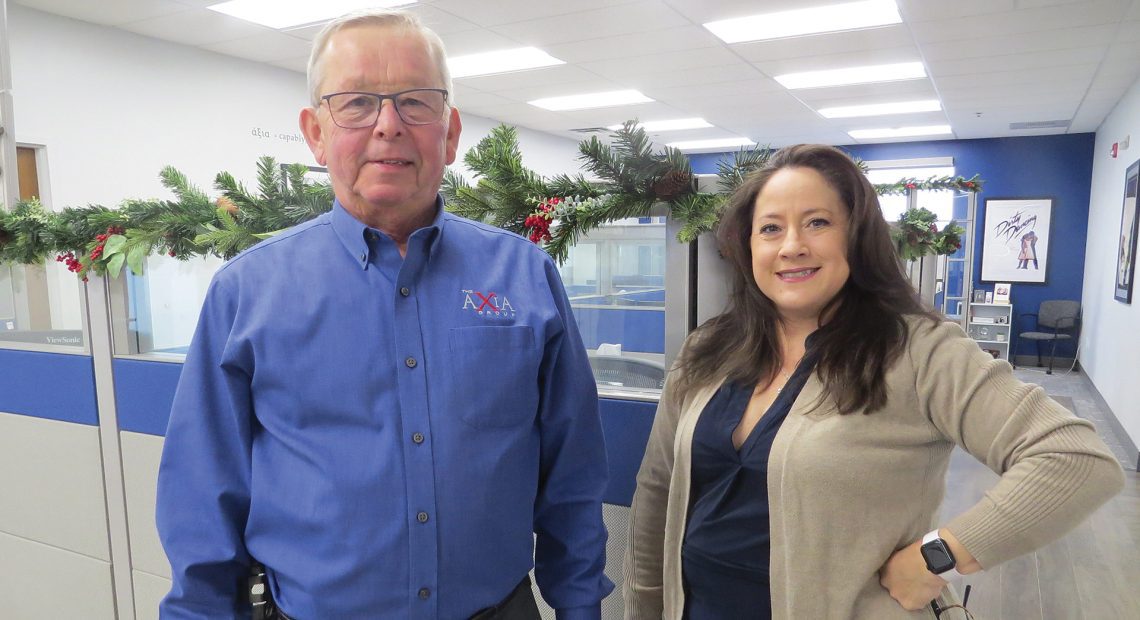
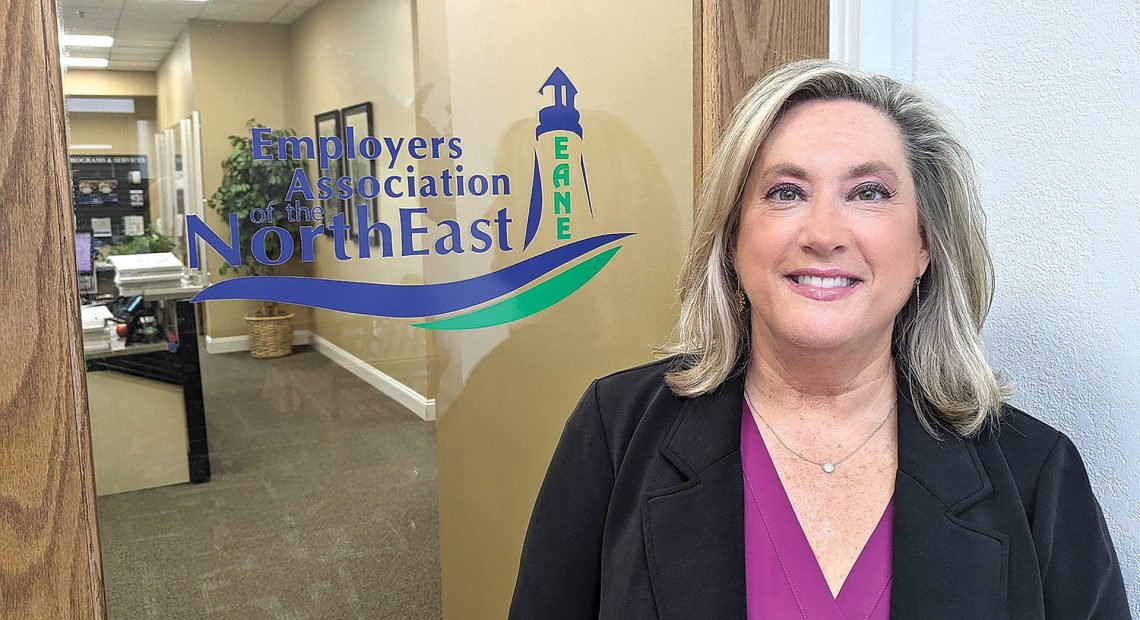
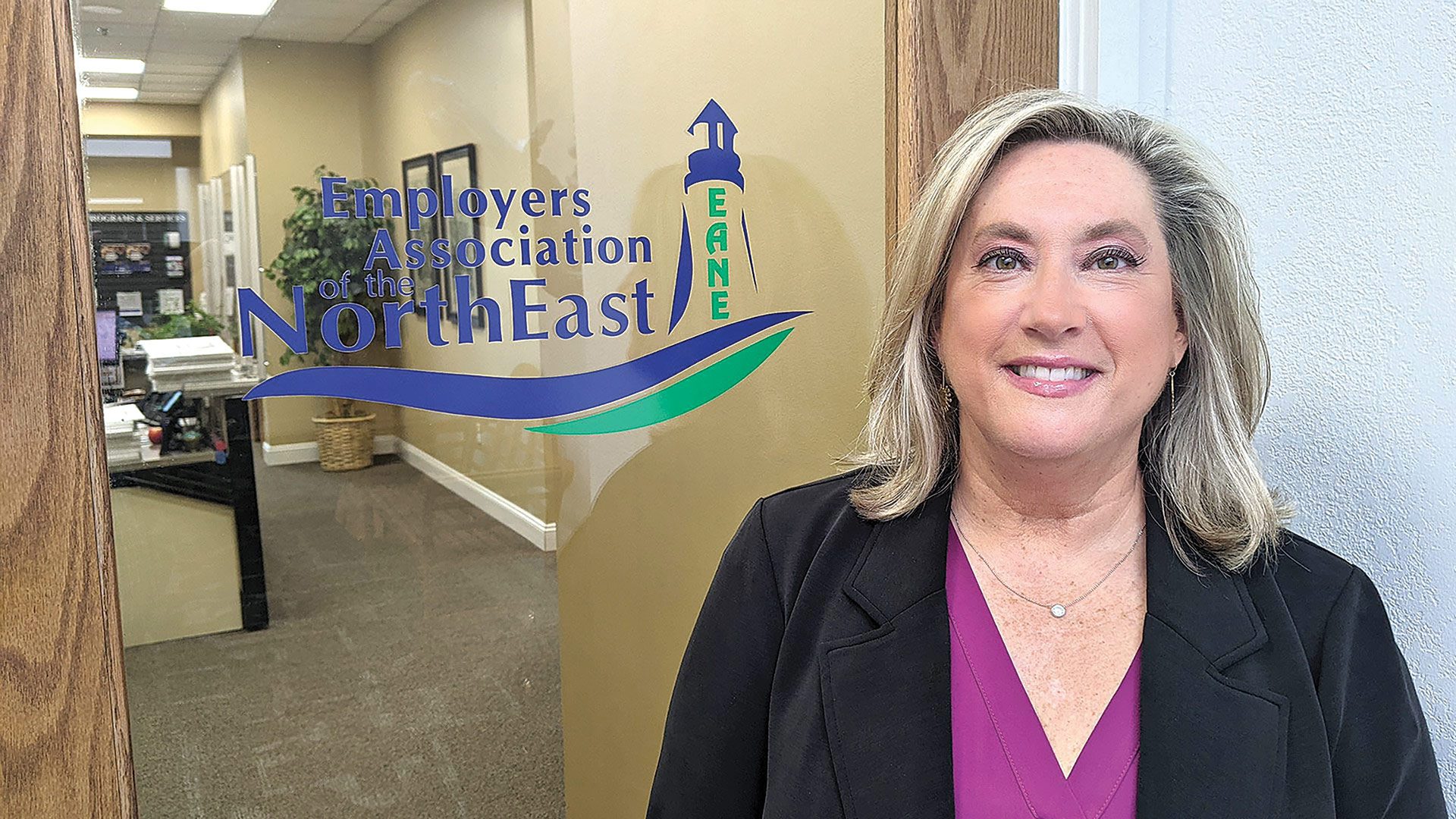


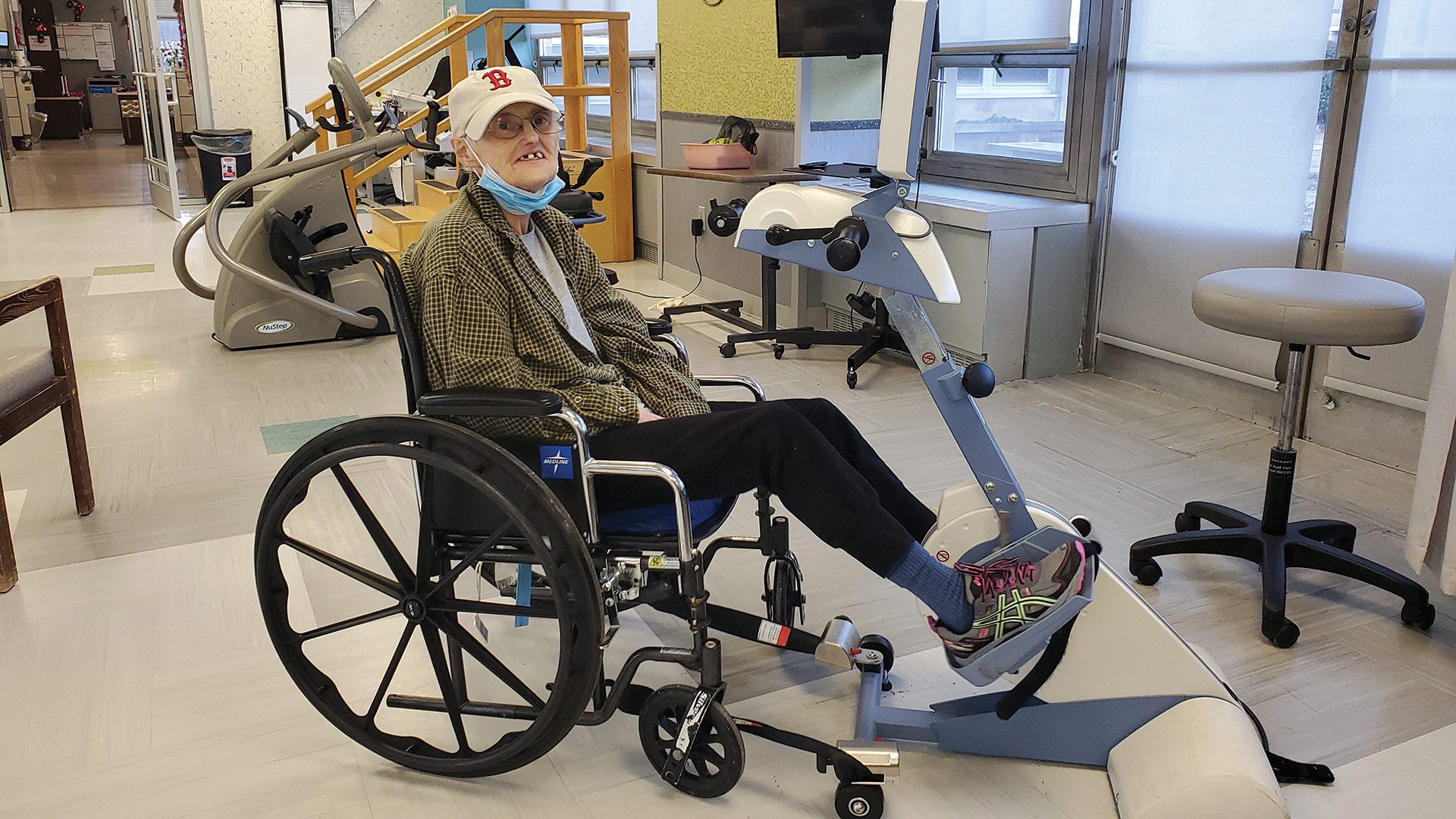
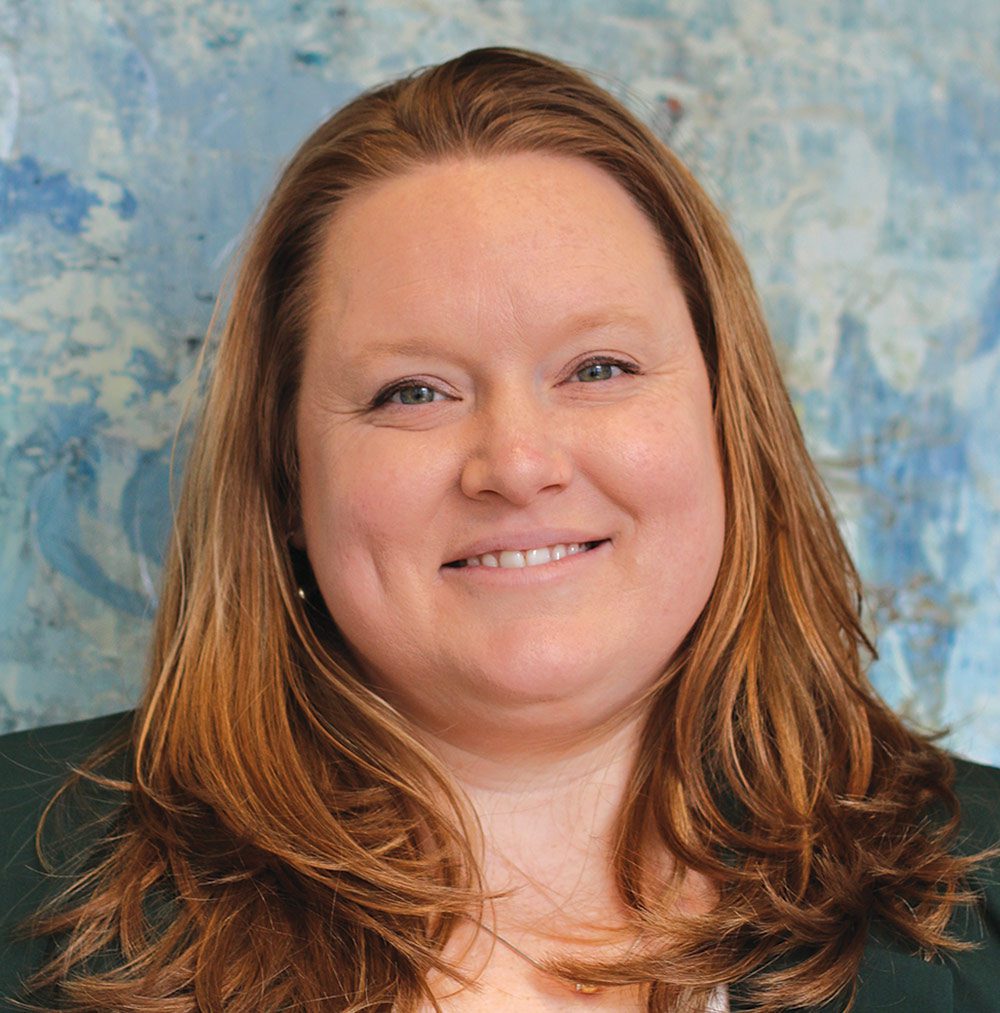



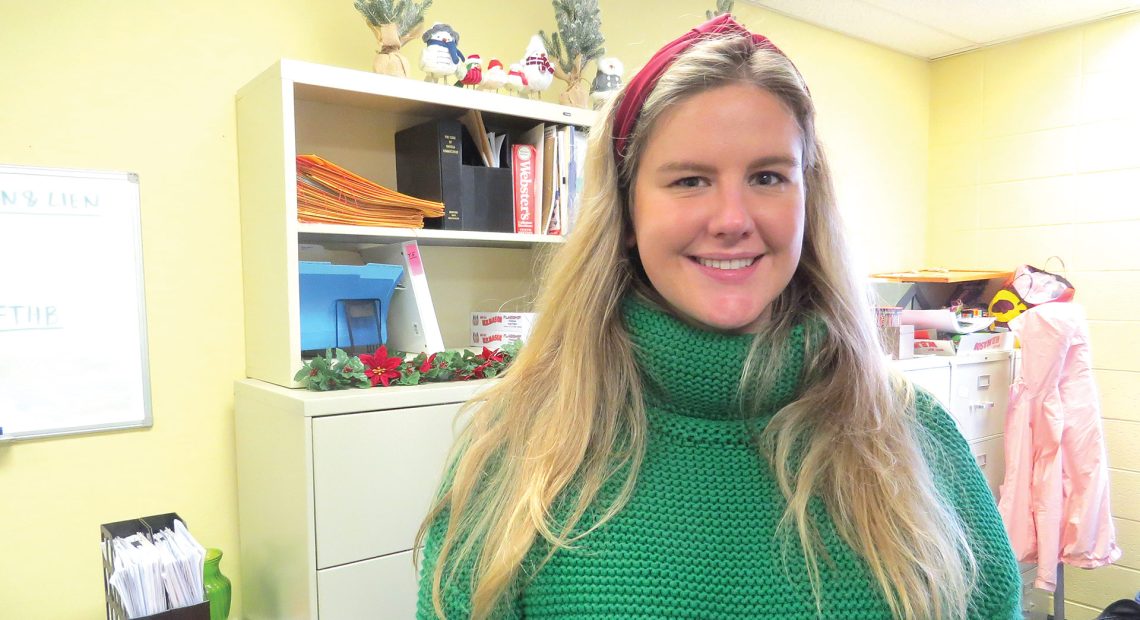


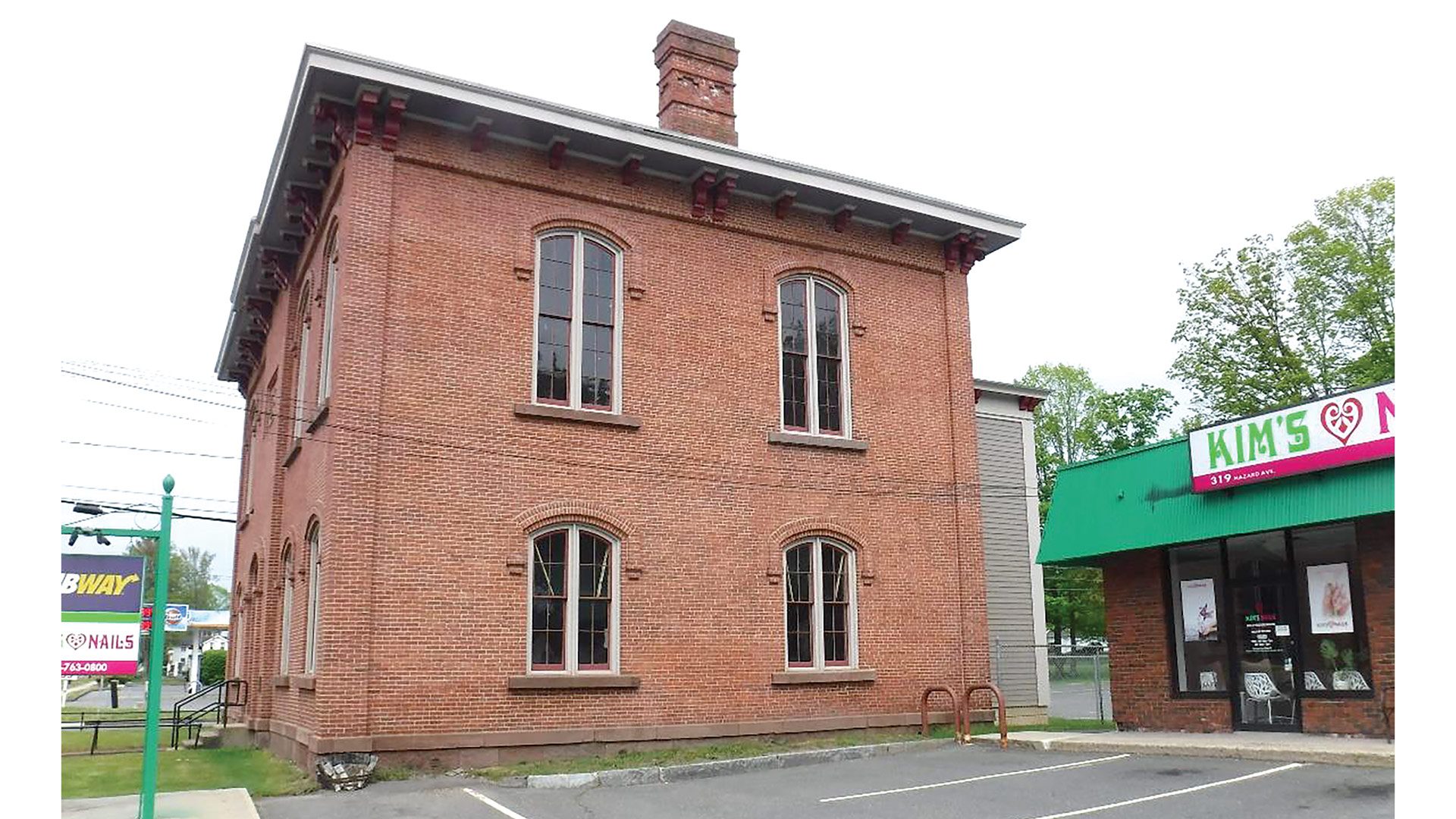



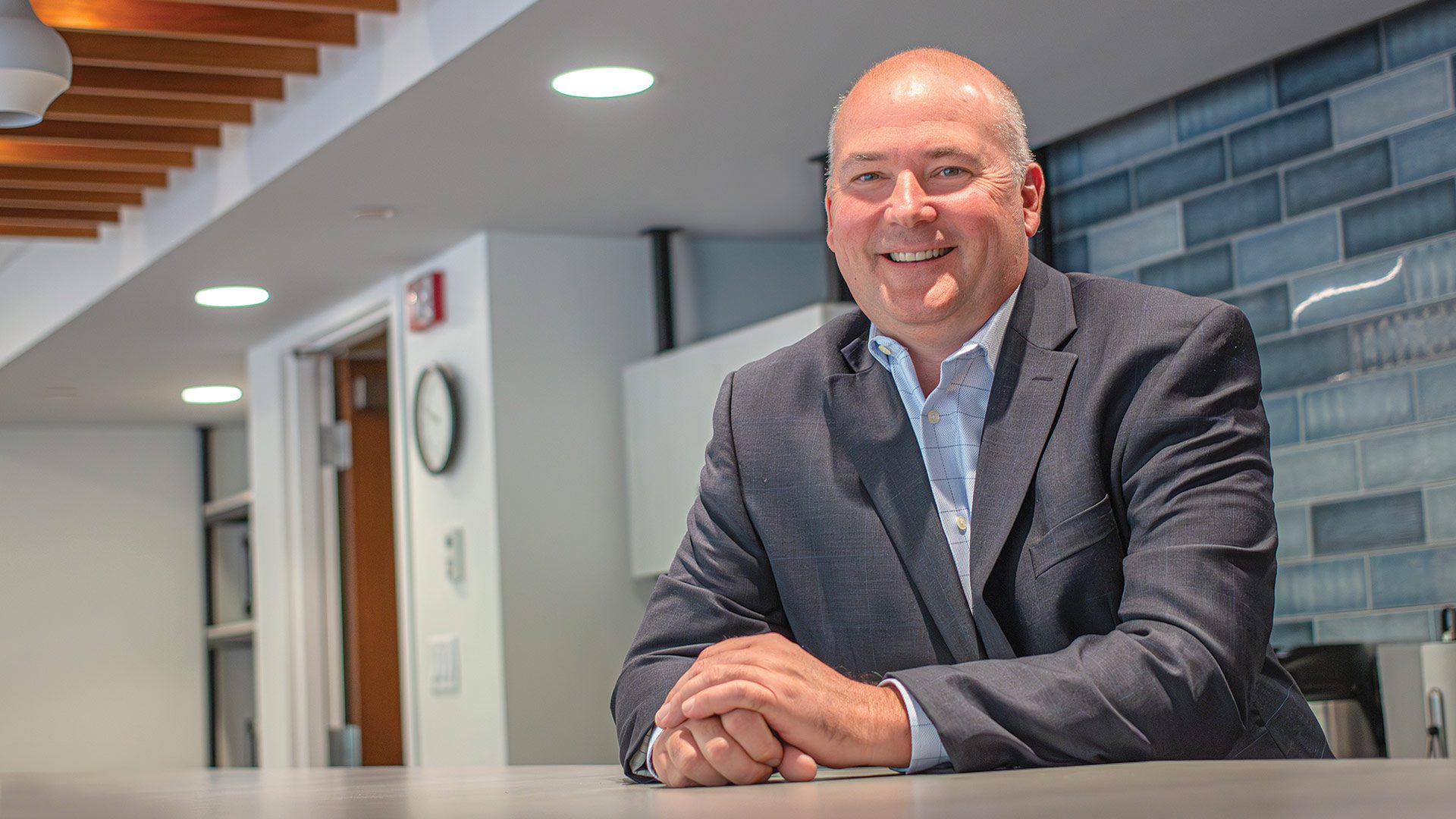

 “Peace of mind comes with knowing you can cover unexpected expenses in the case of emergency or job loss.”
“Peace of mind comes with knowing you can cover unexpected expenses in the case of emergency or job loss.”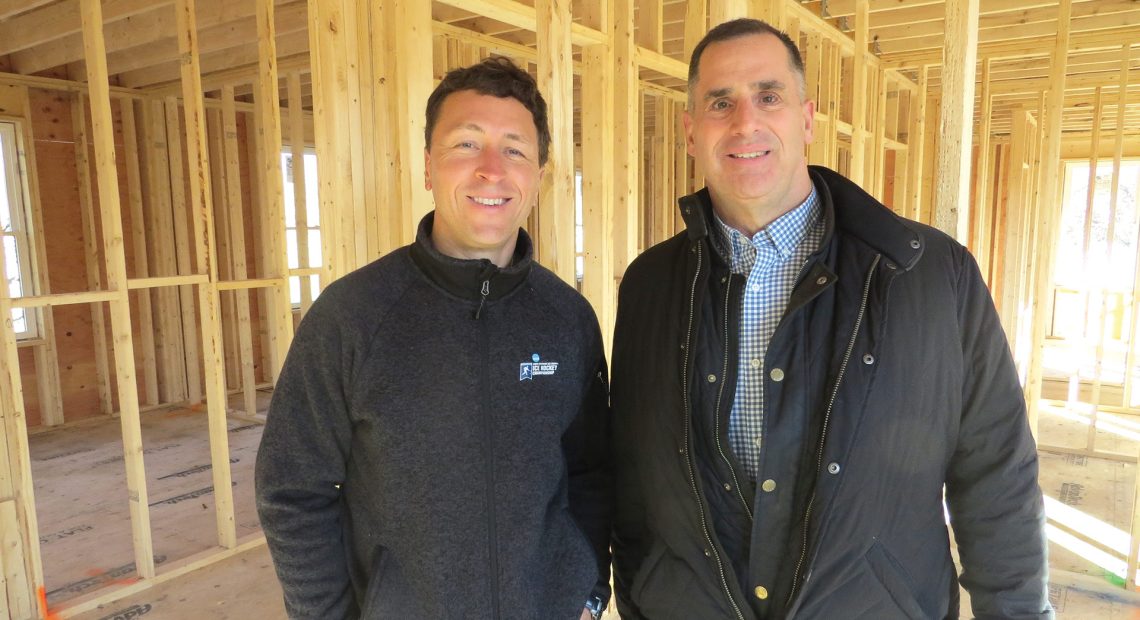
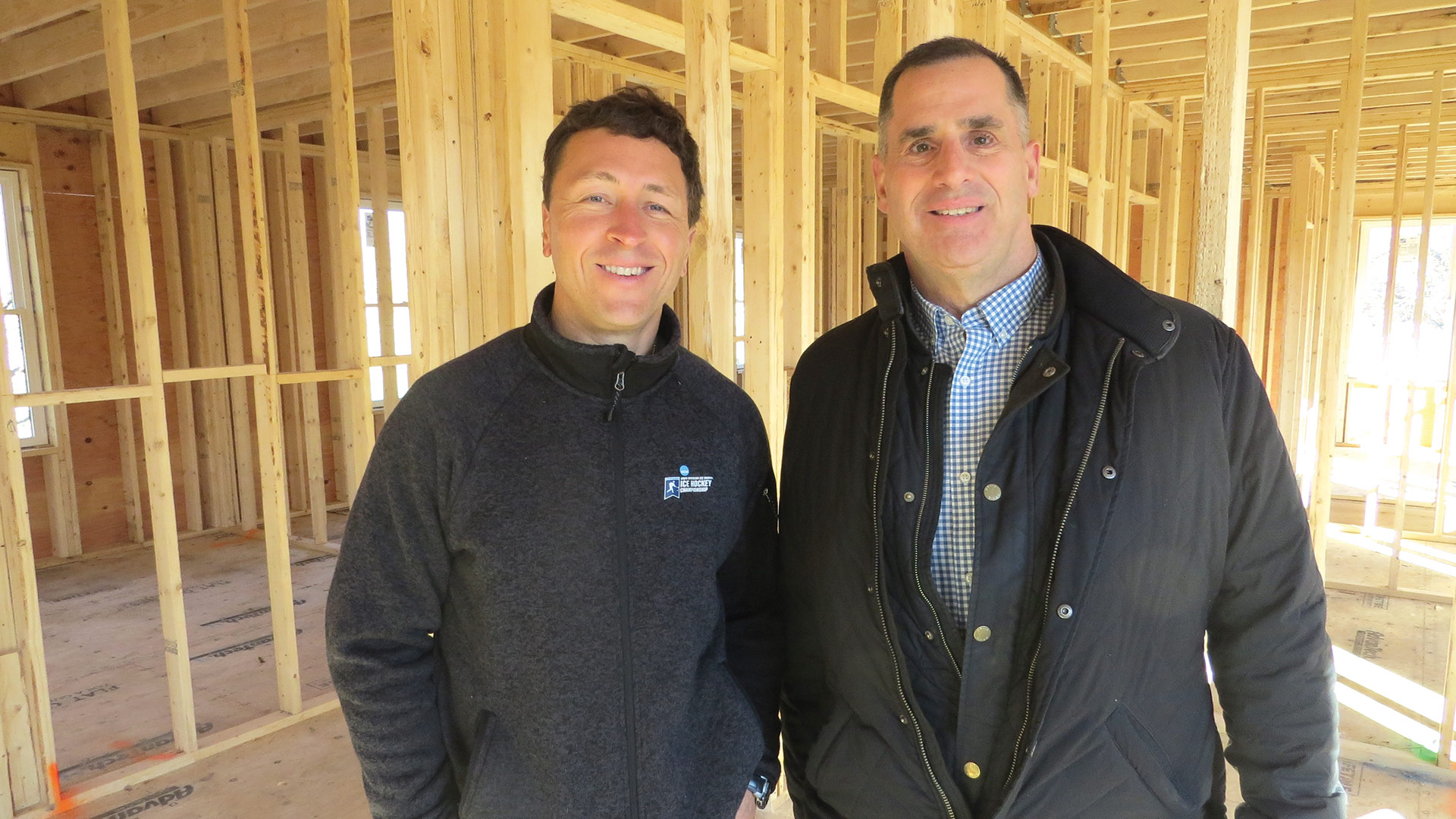



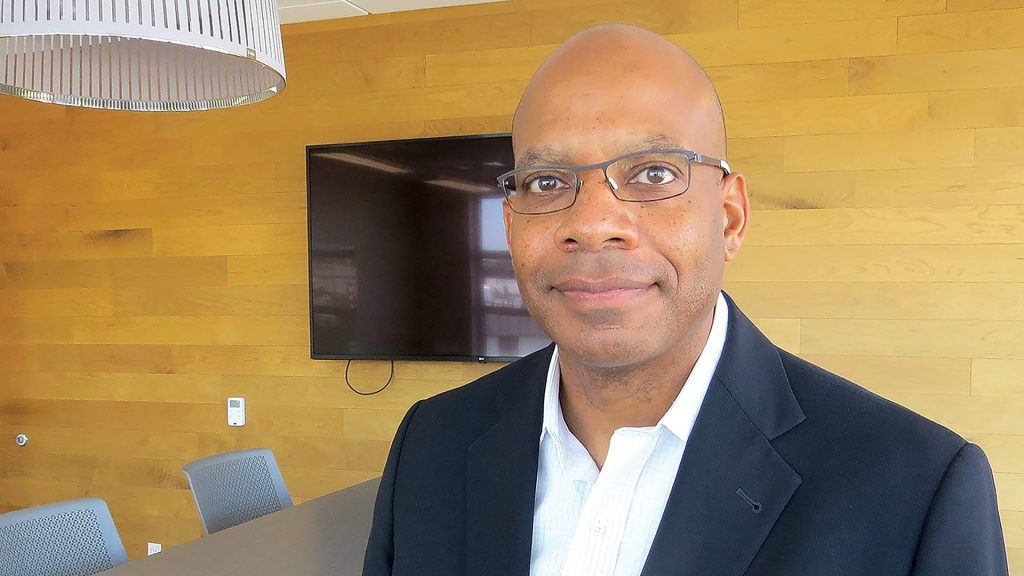


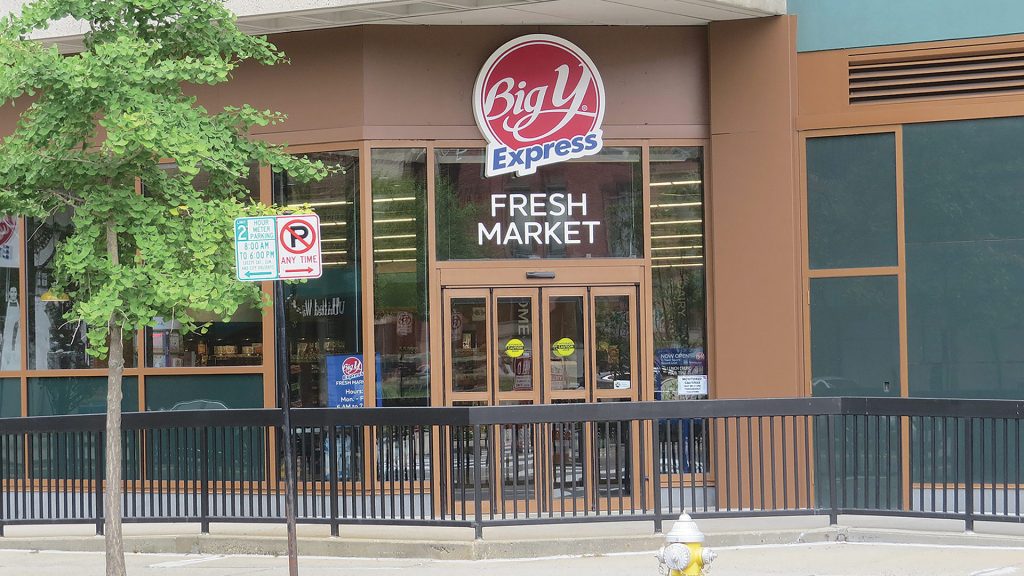
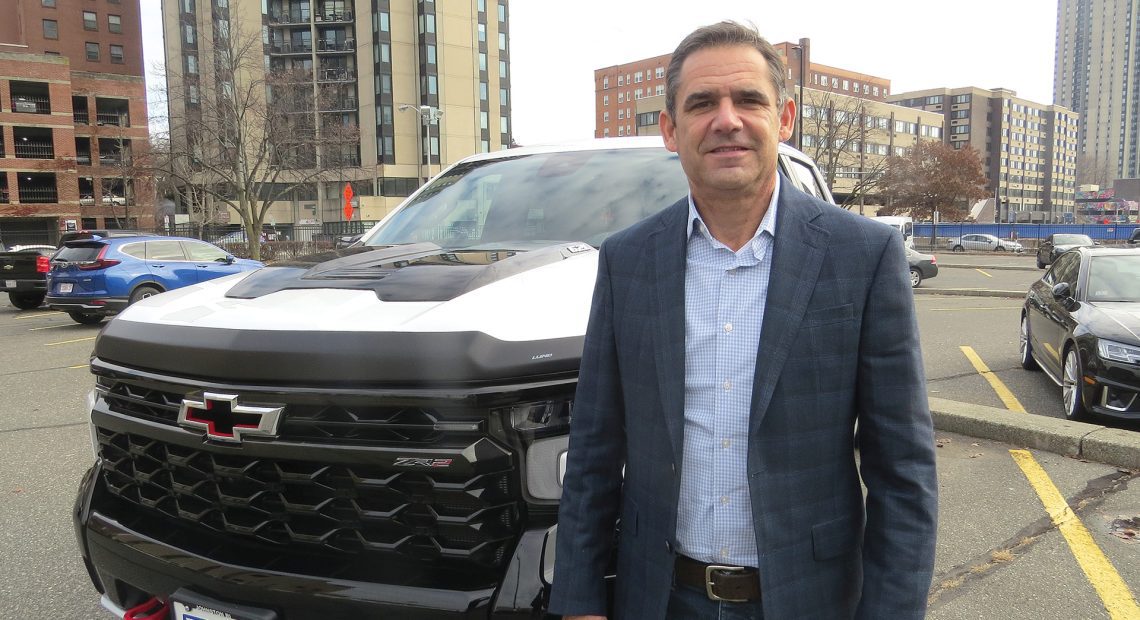


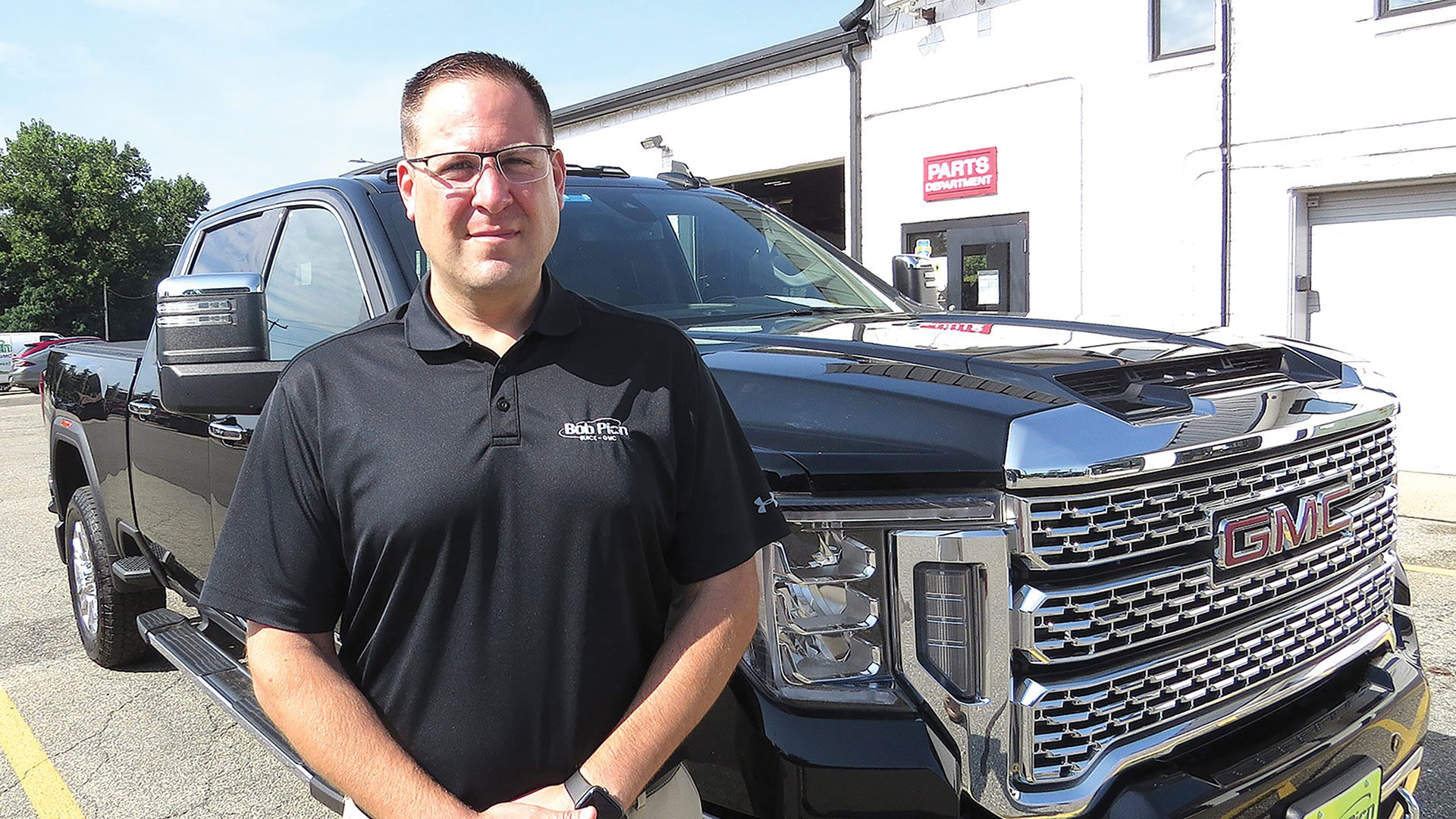




 “If you come out ahead by itemizing, you may want to accelerate certain deductible expenses into 2023.”
“If you come out ahead by itemizing, you may want to accelerate certain deductible expenses into 2023.”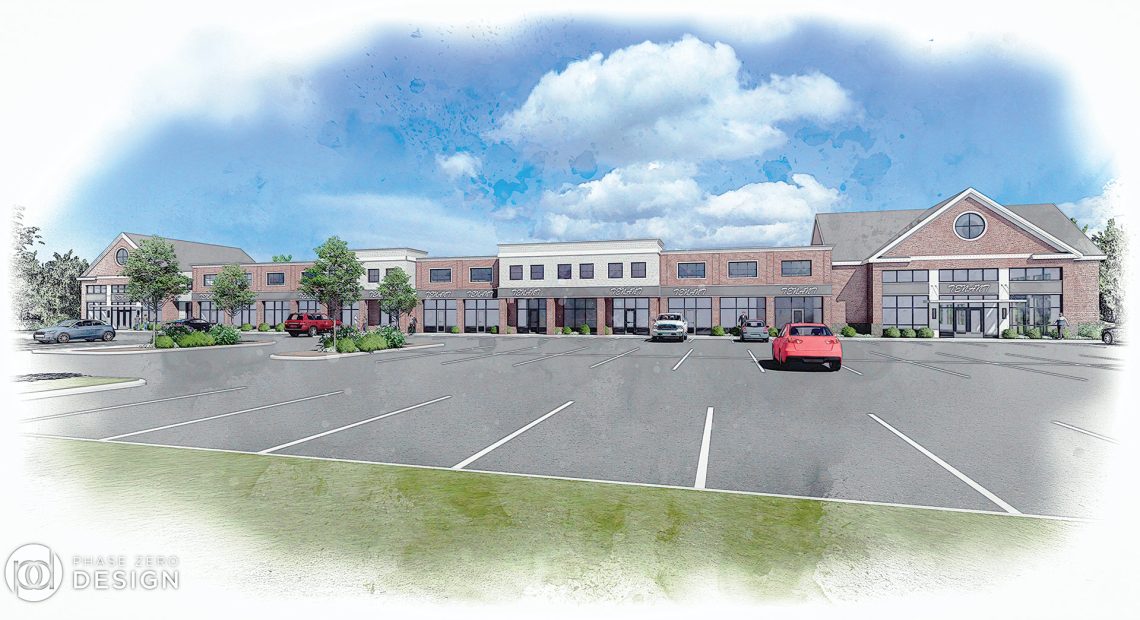
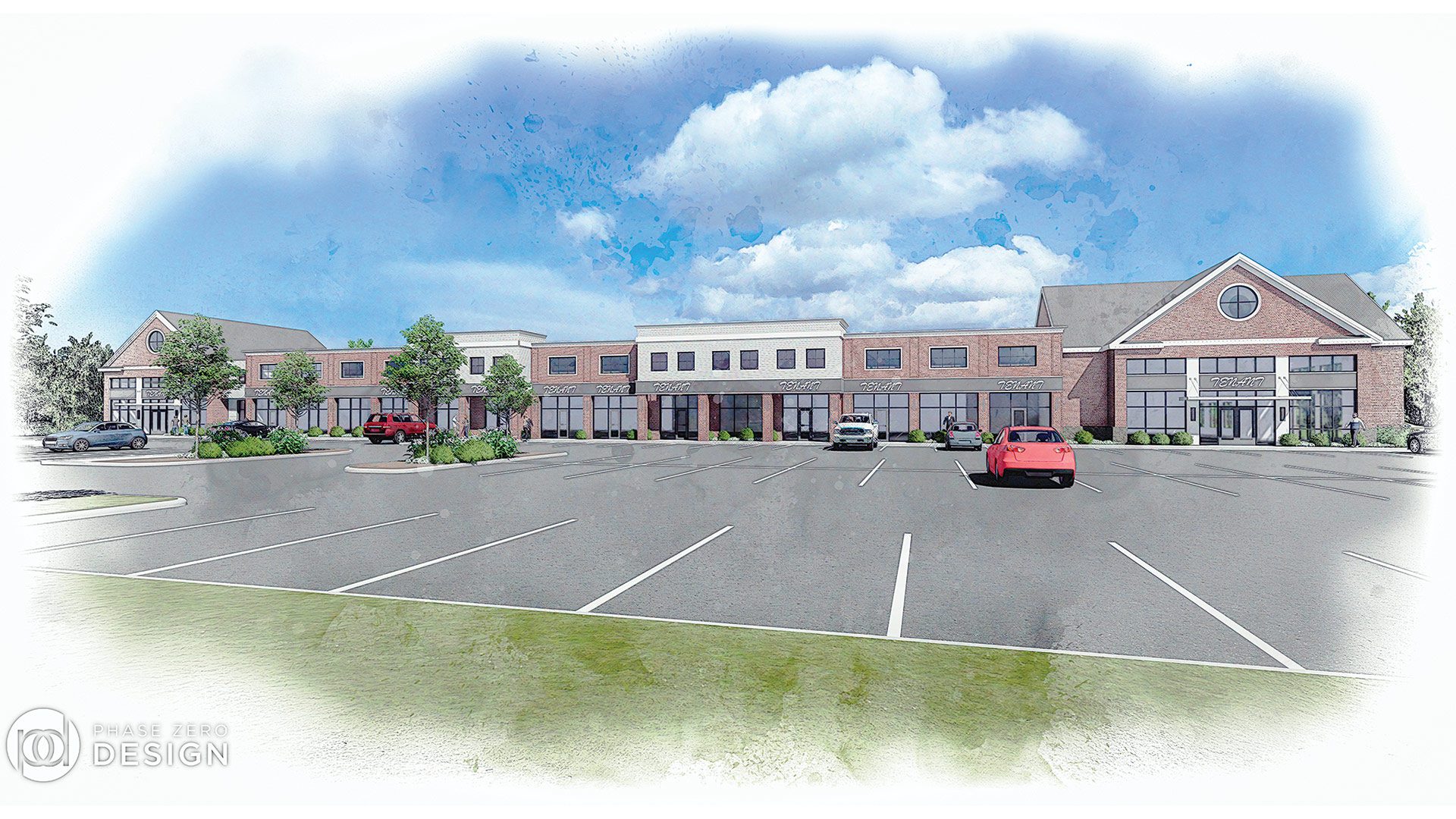


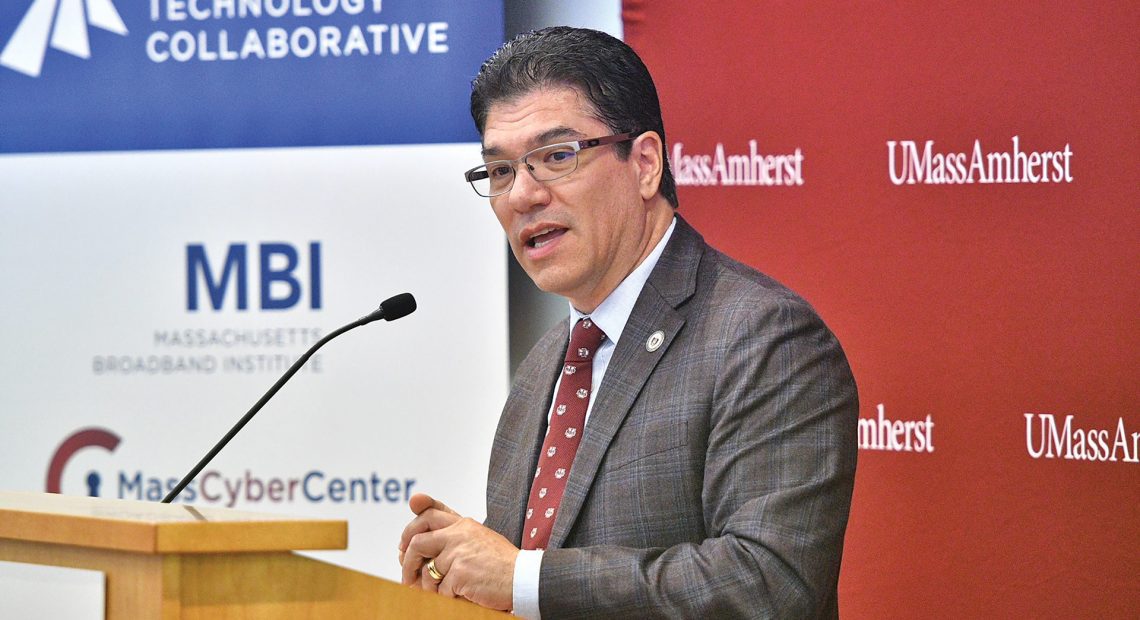
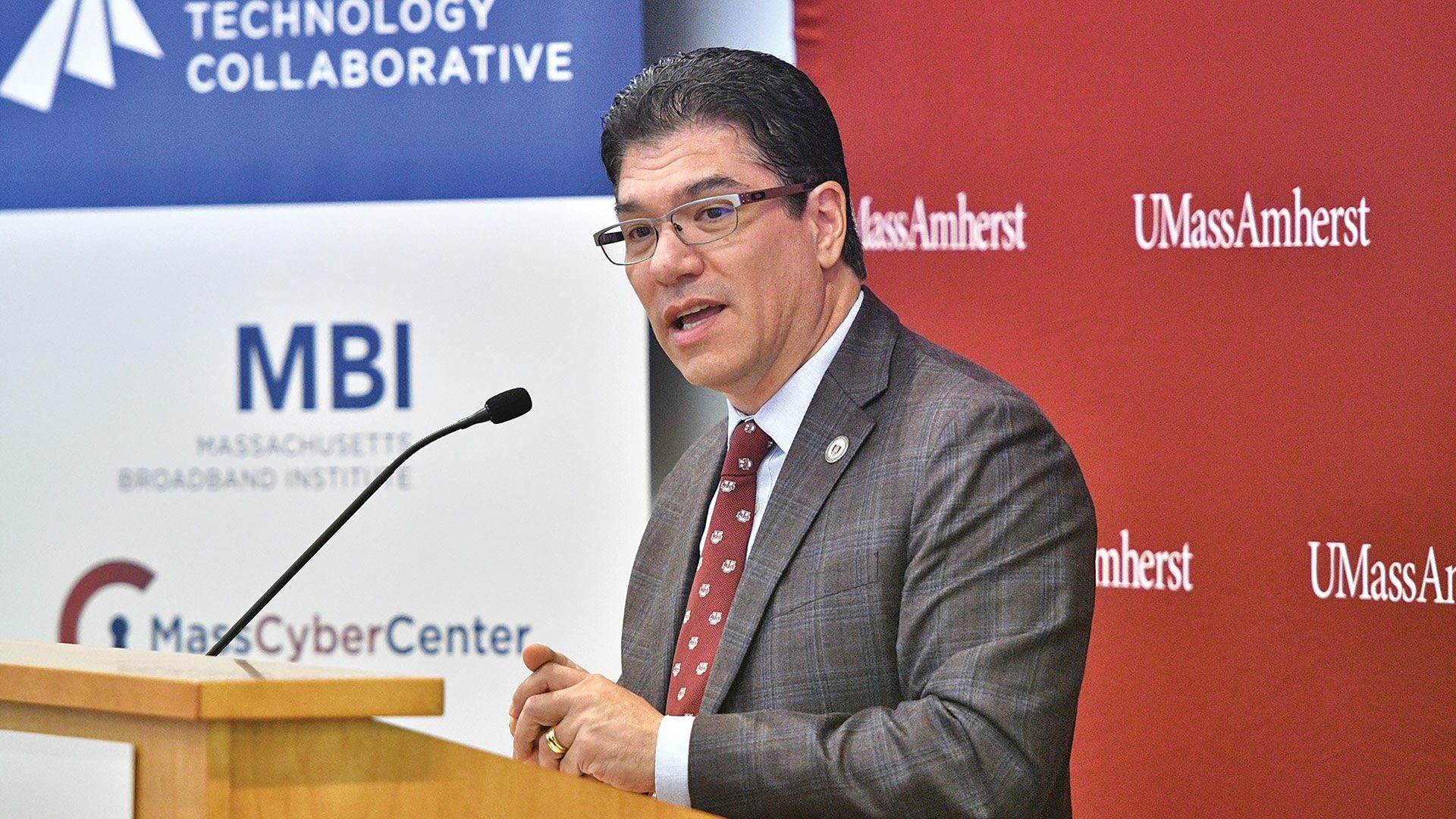
 “Policymakers do not have to choose between high-quality care and affordability. We have tremendous opportunities for transformative action to support patients and employers.”
“Policymakers do not have to choose between high-quality care and affordability. We have tremendous opportunities for transformative action to support patients and employers.”

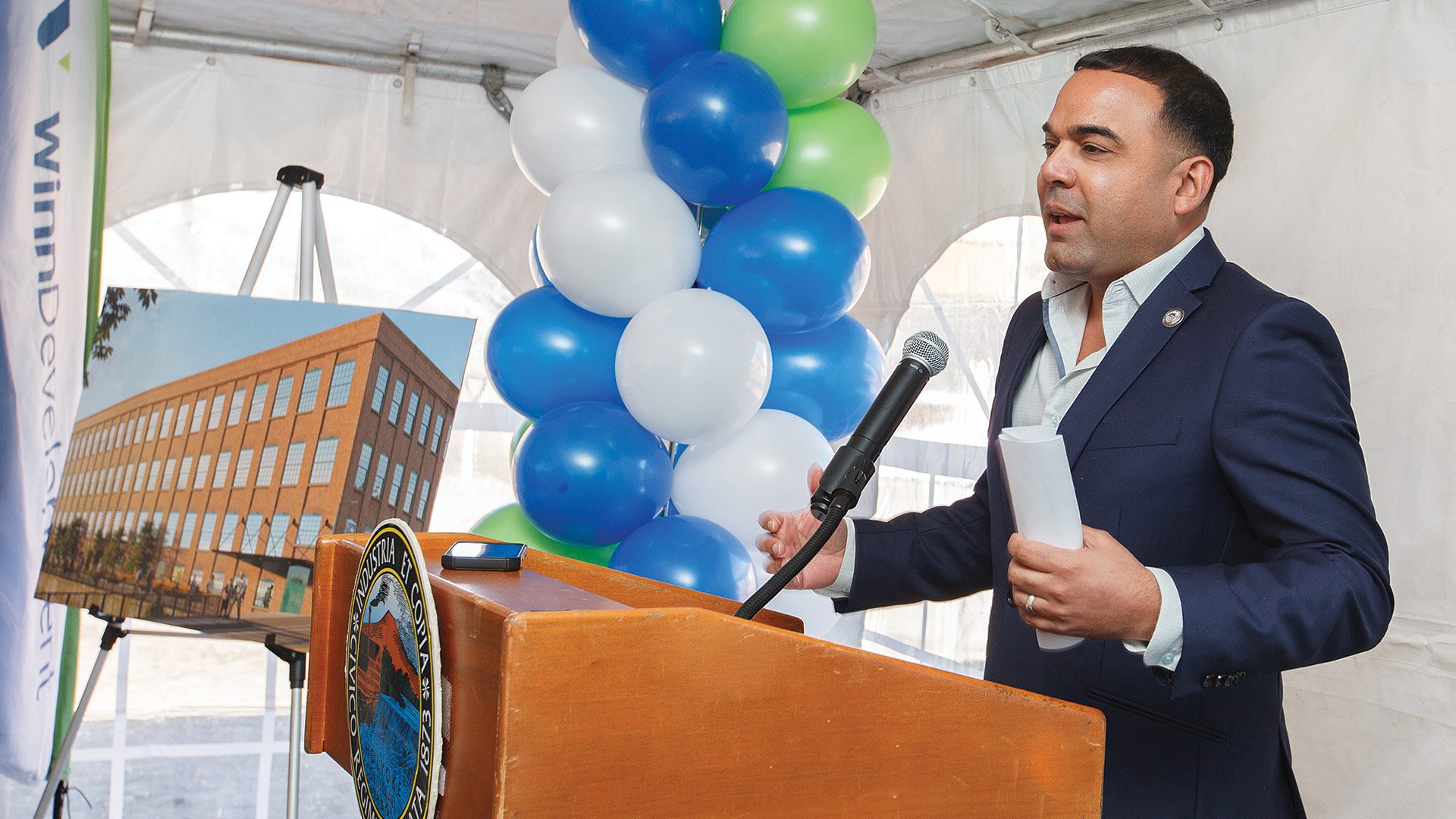




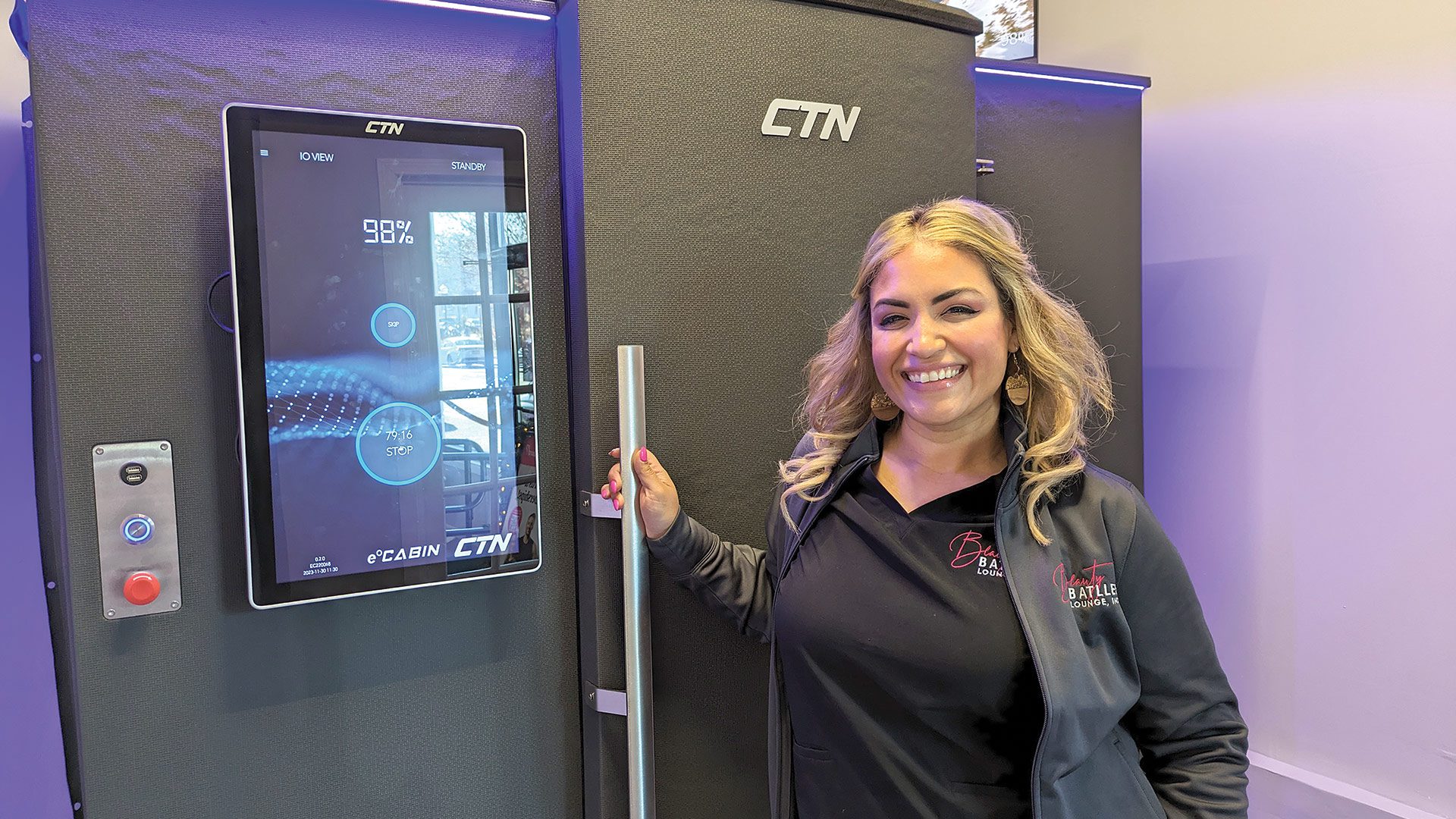






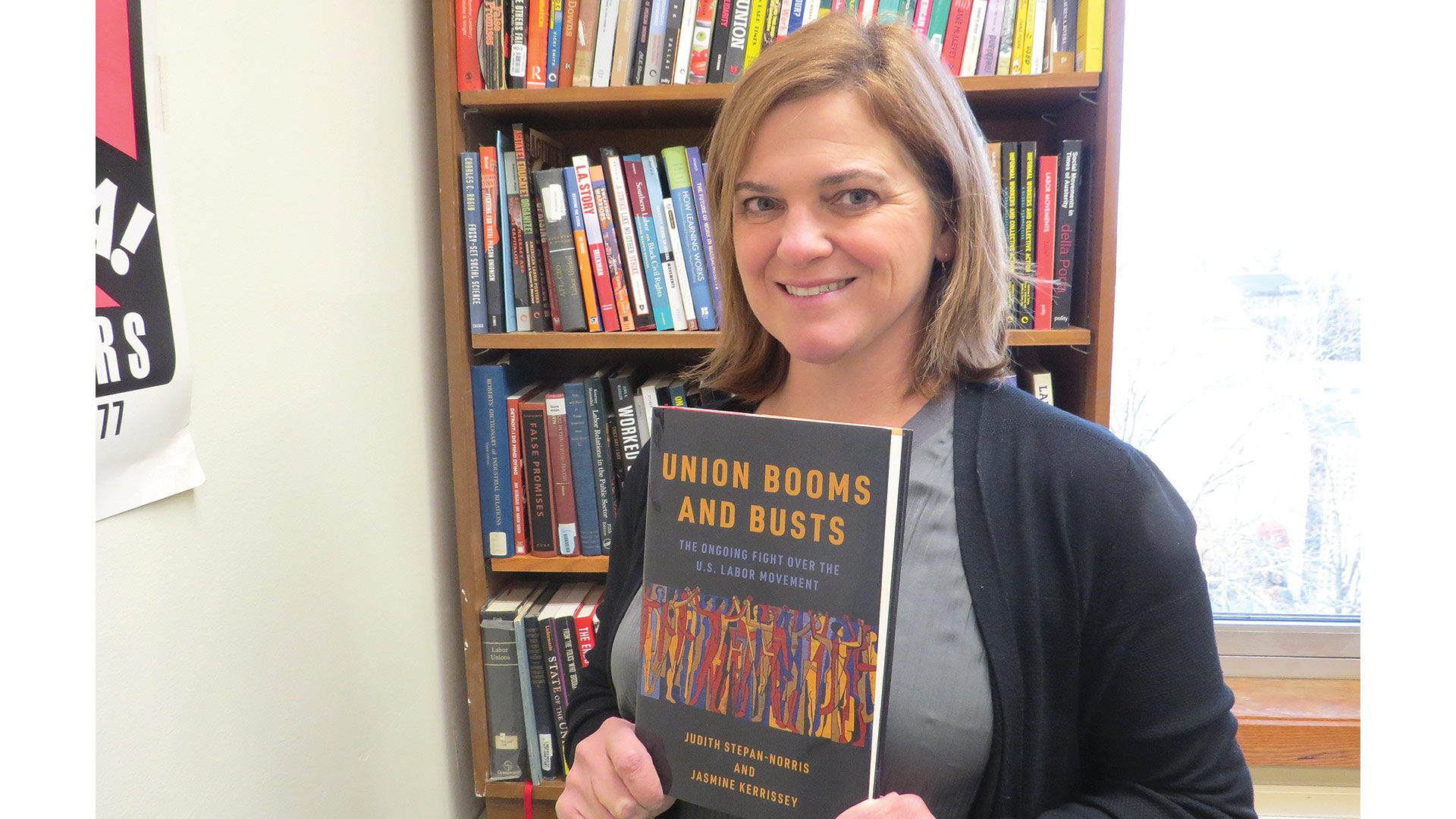
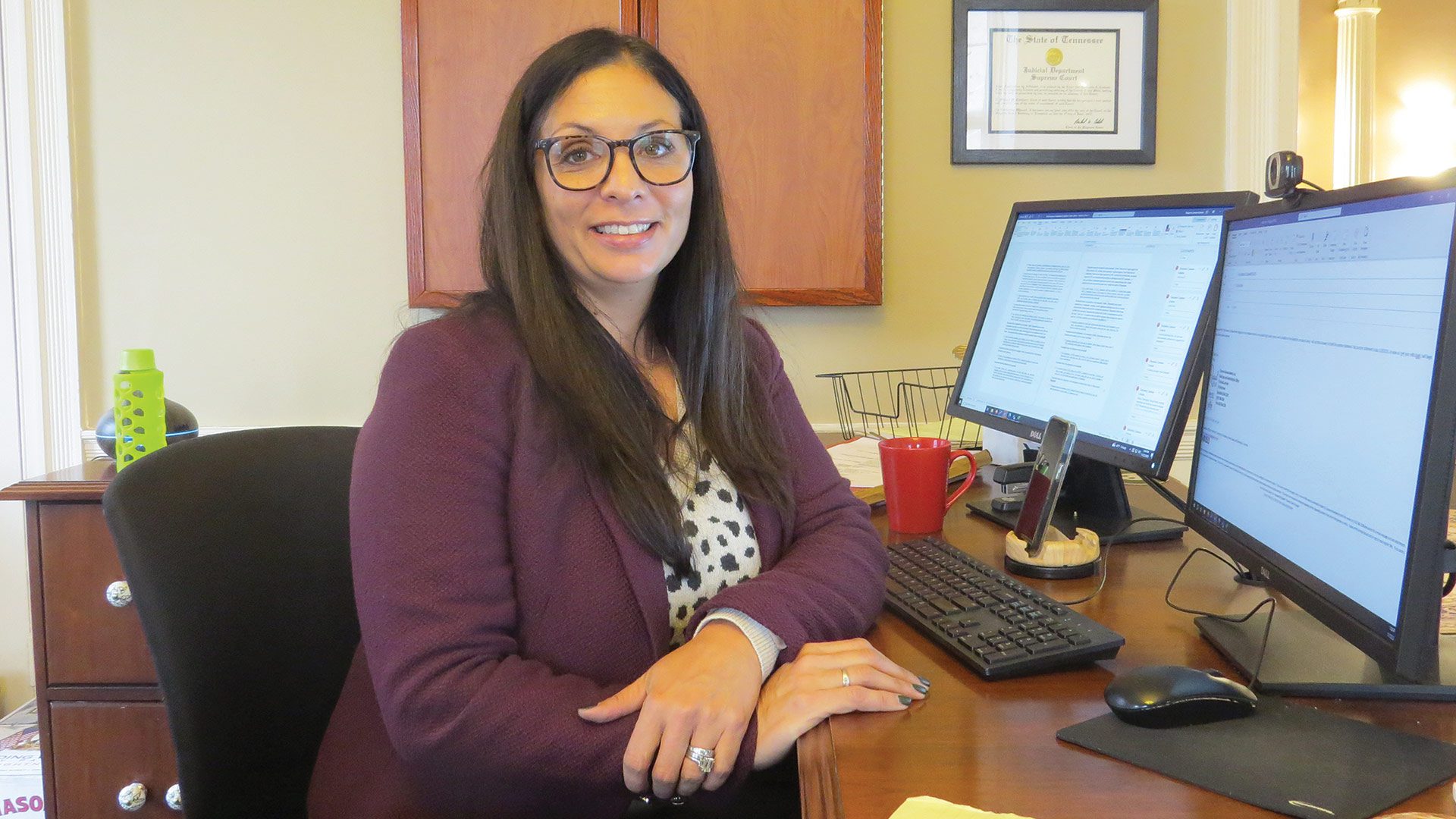
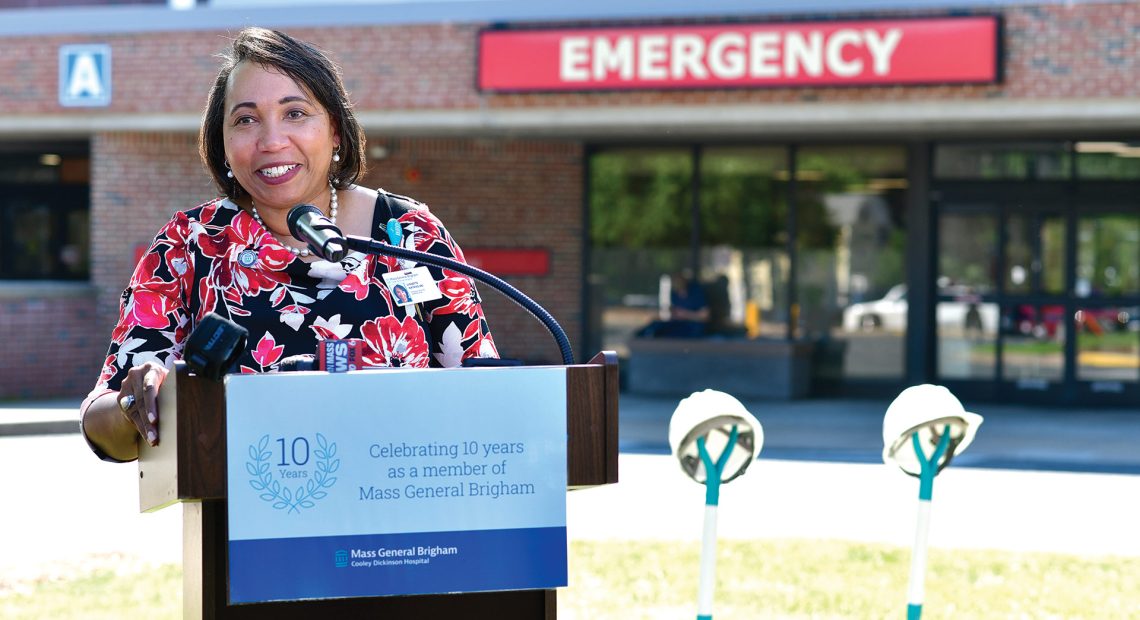
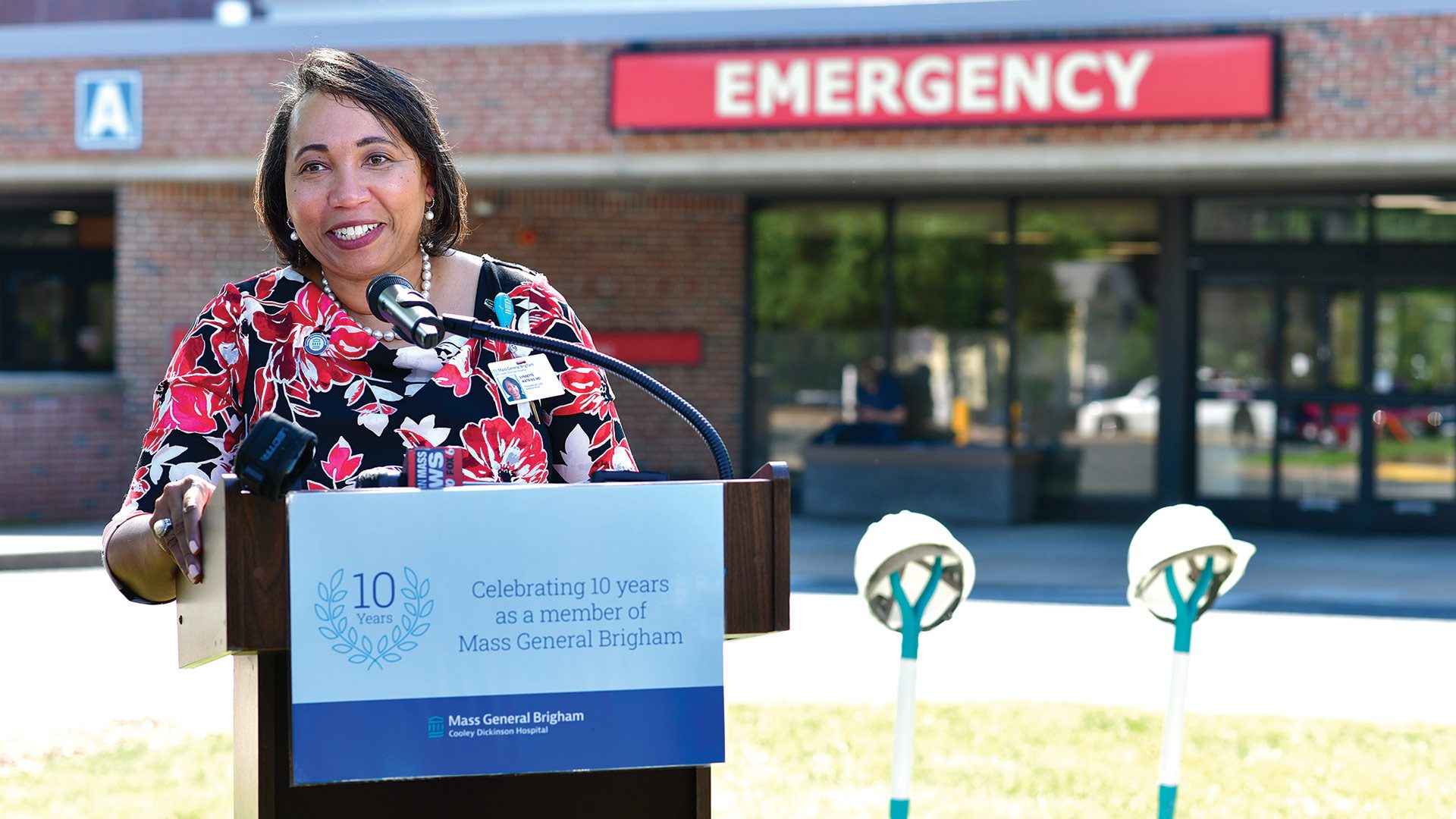
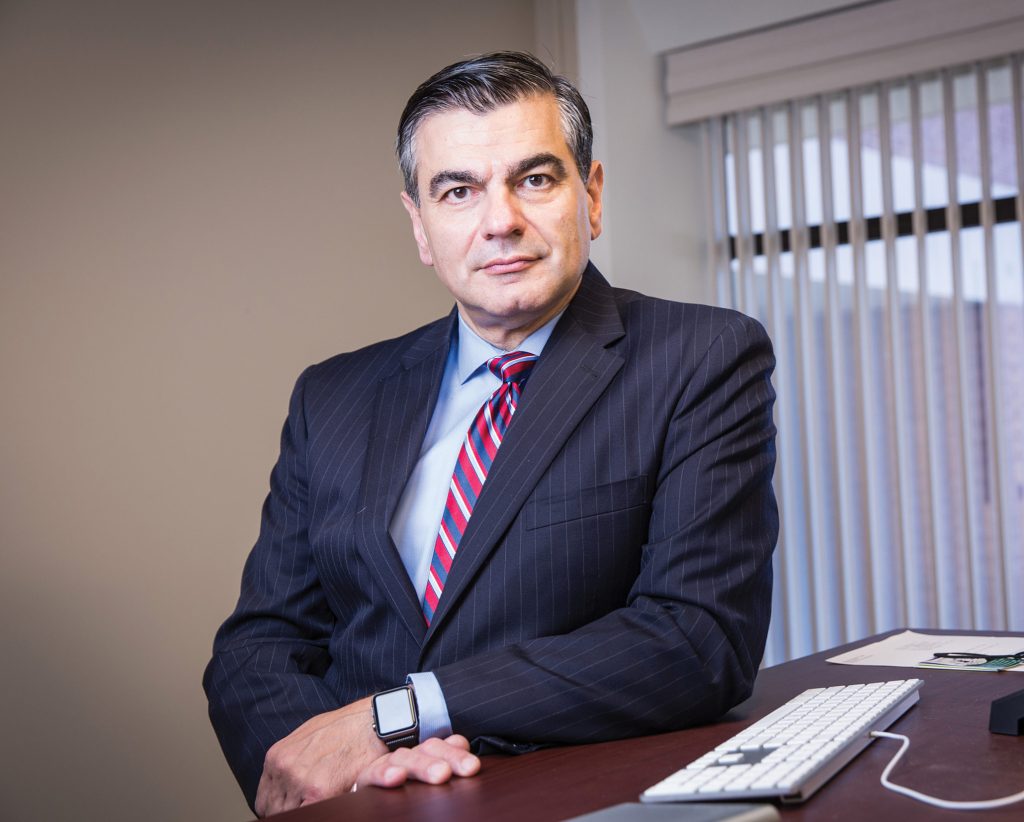

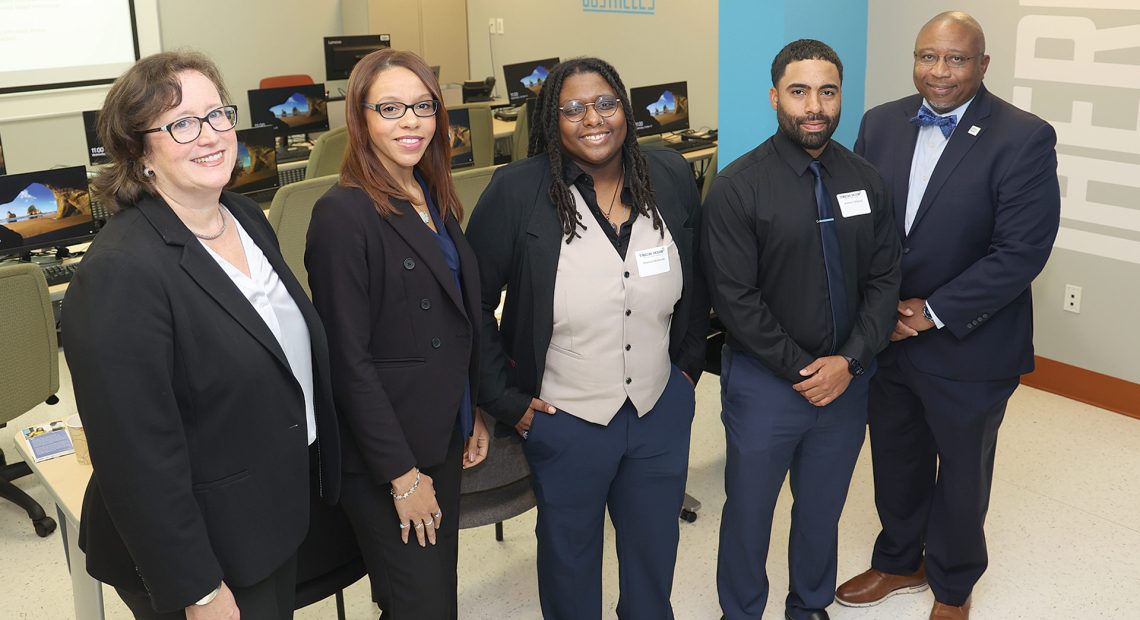









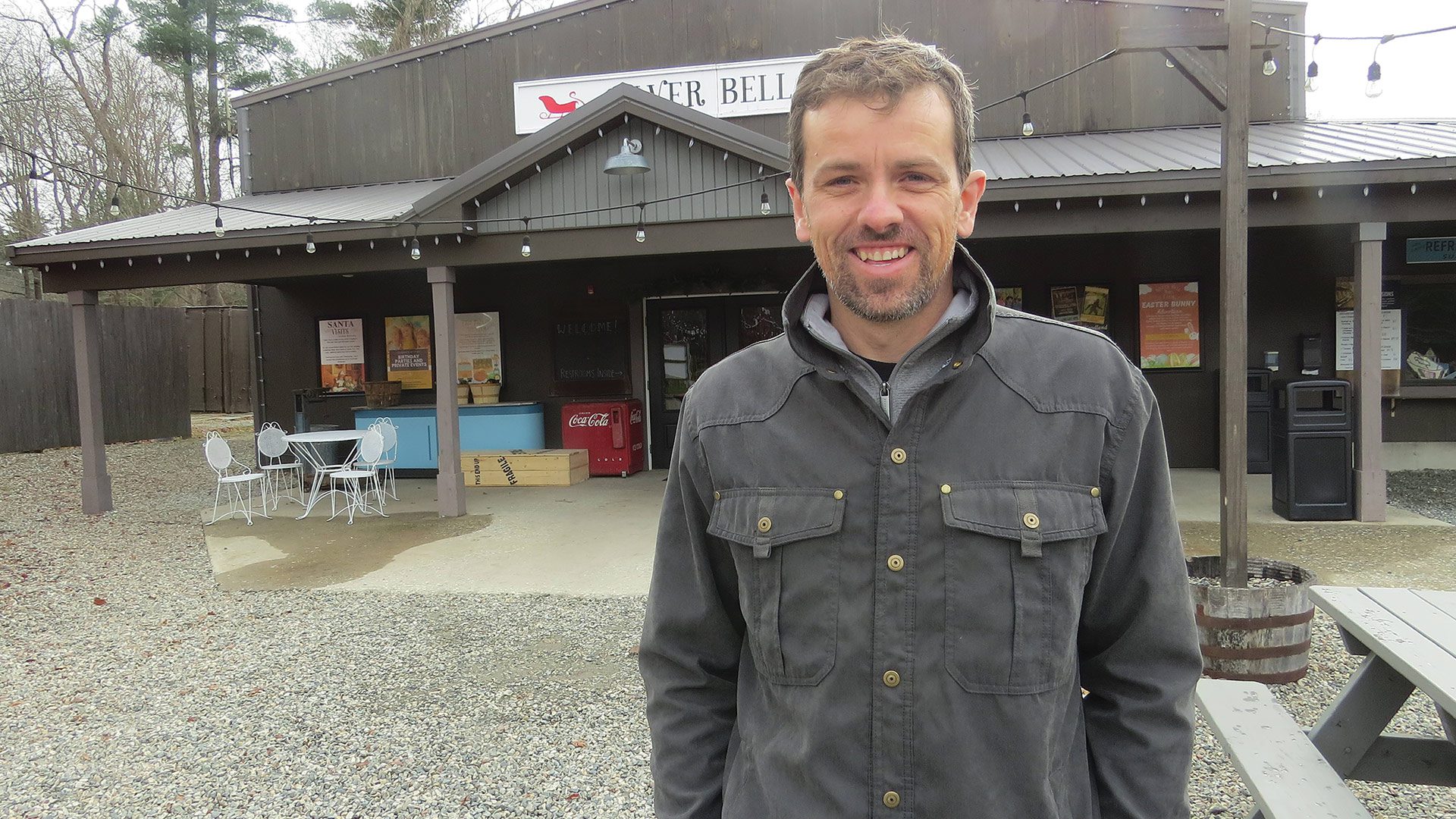


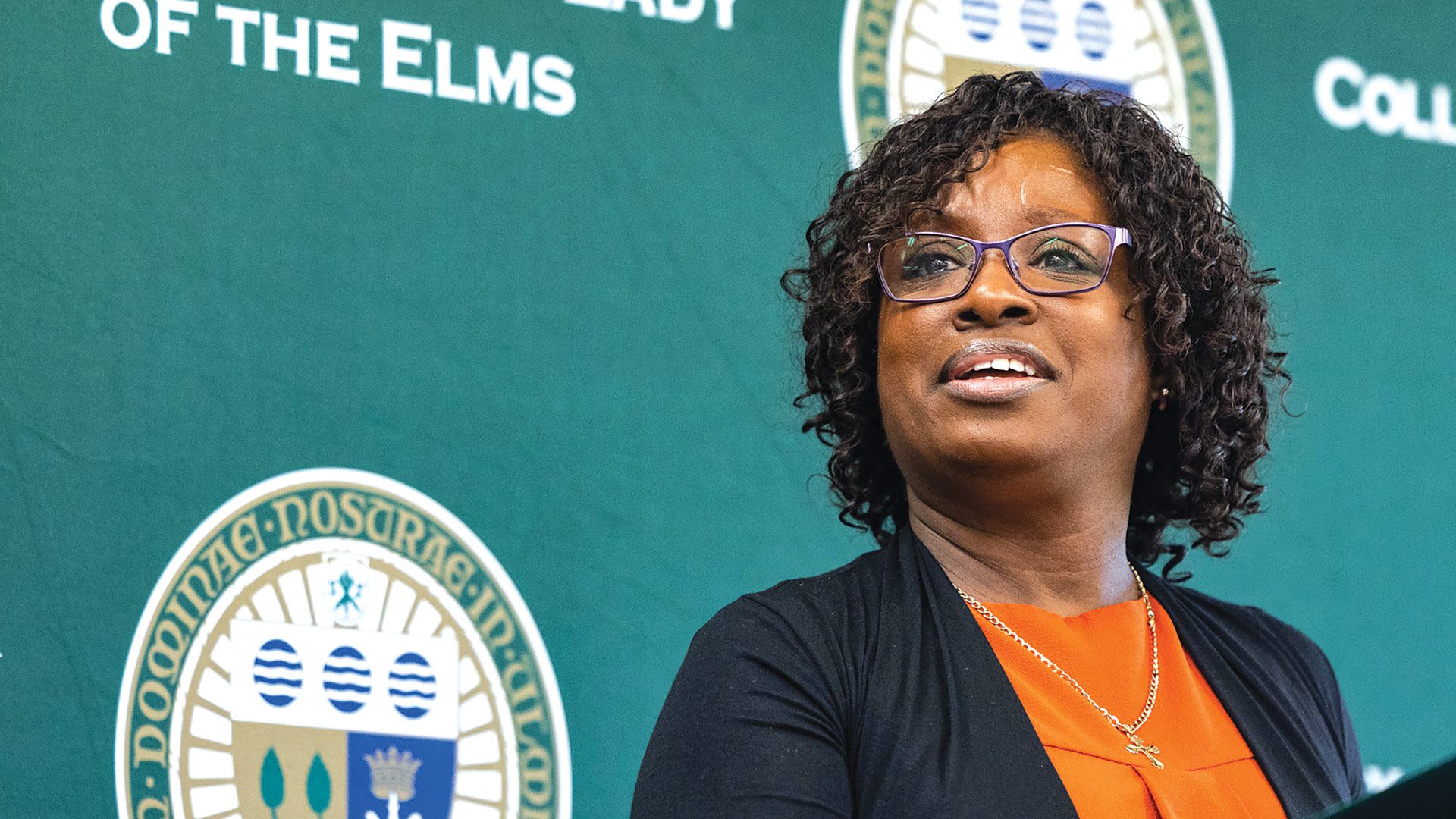


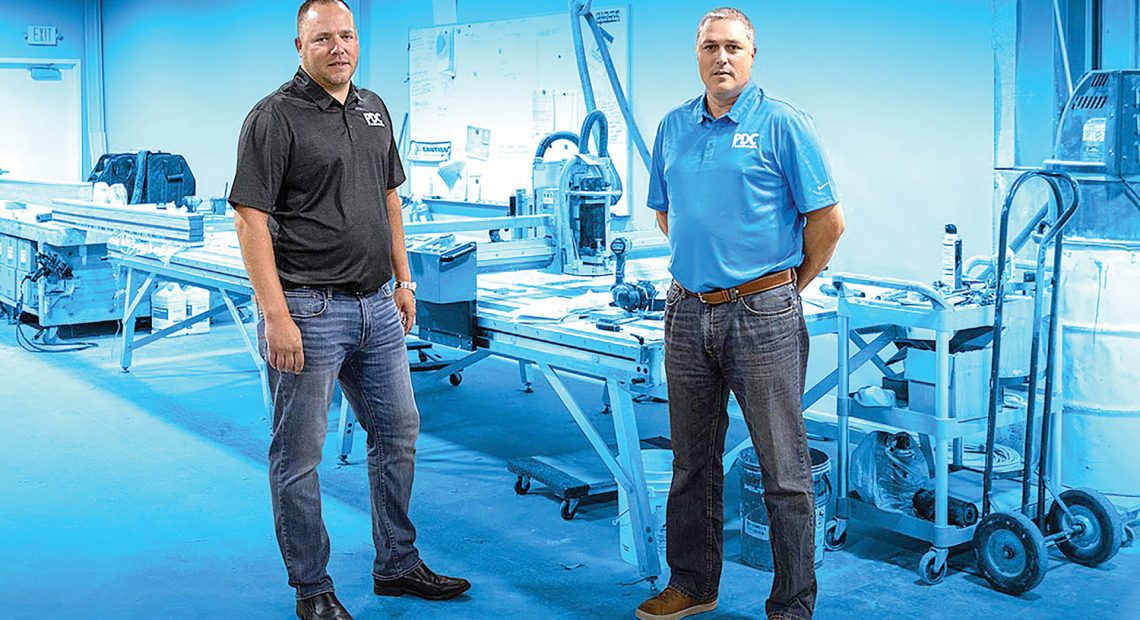
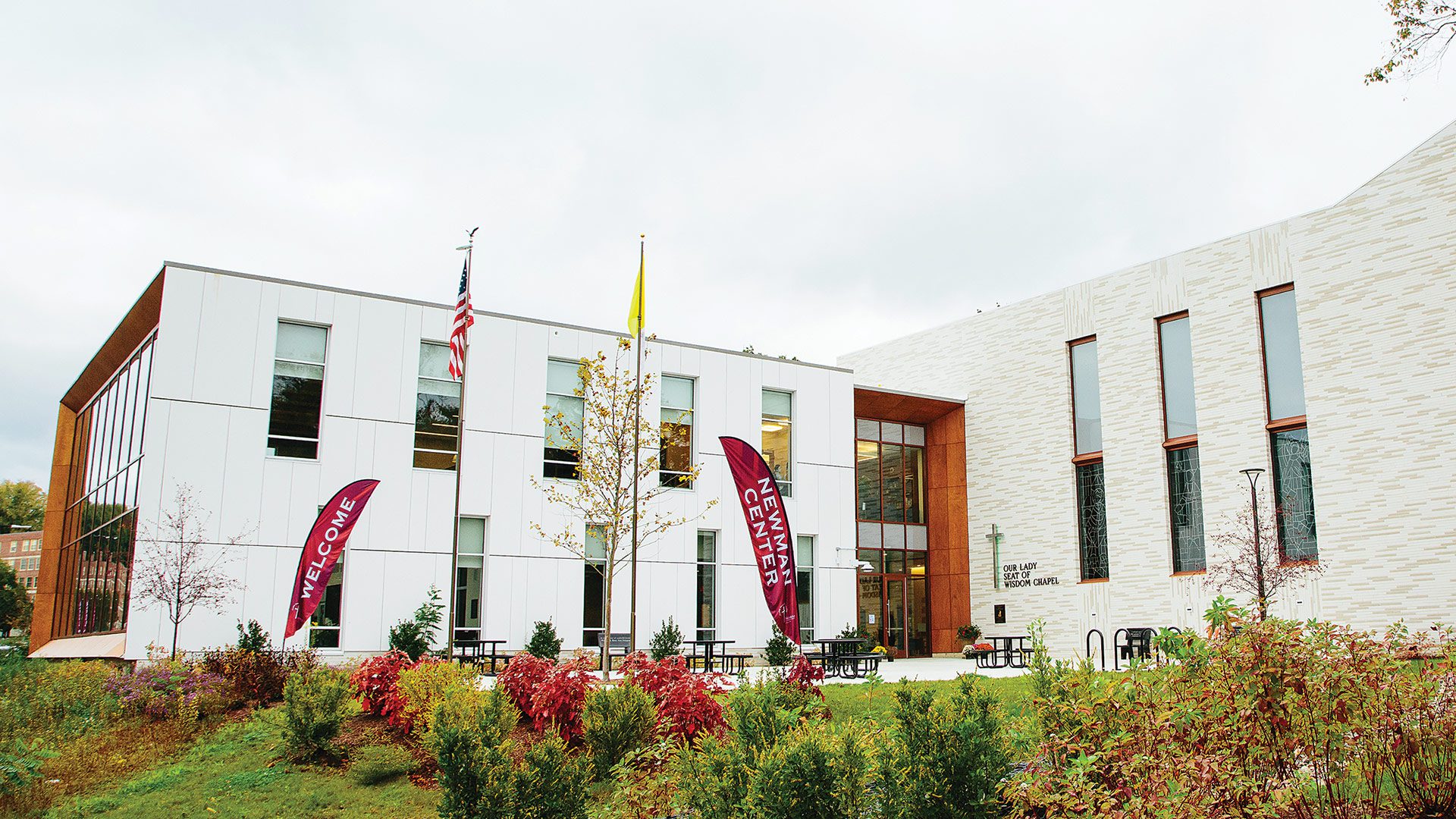
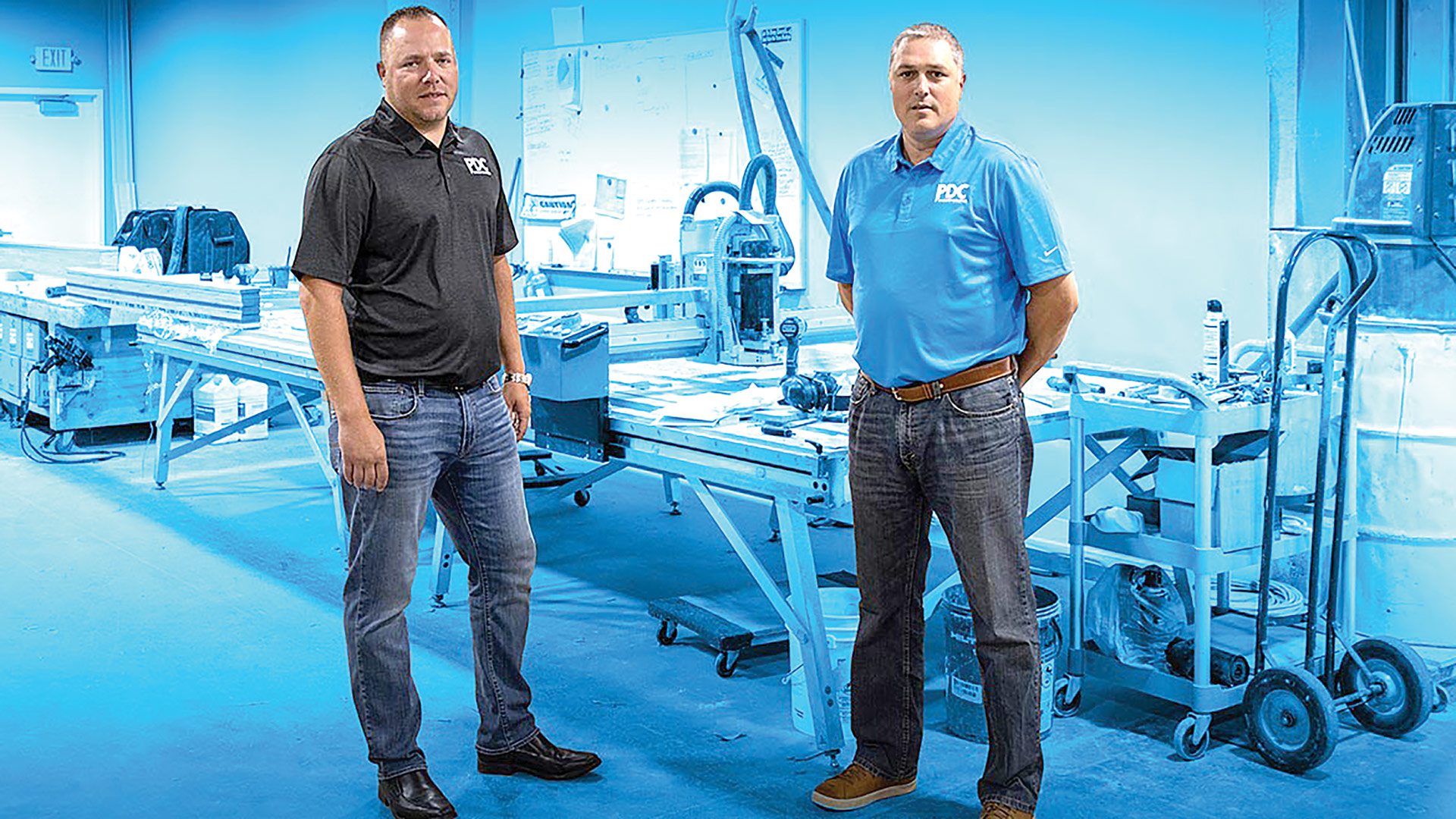




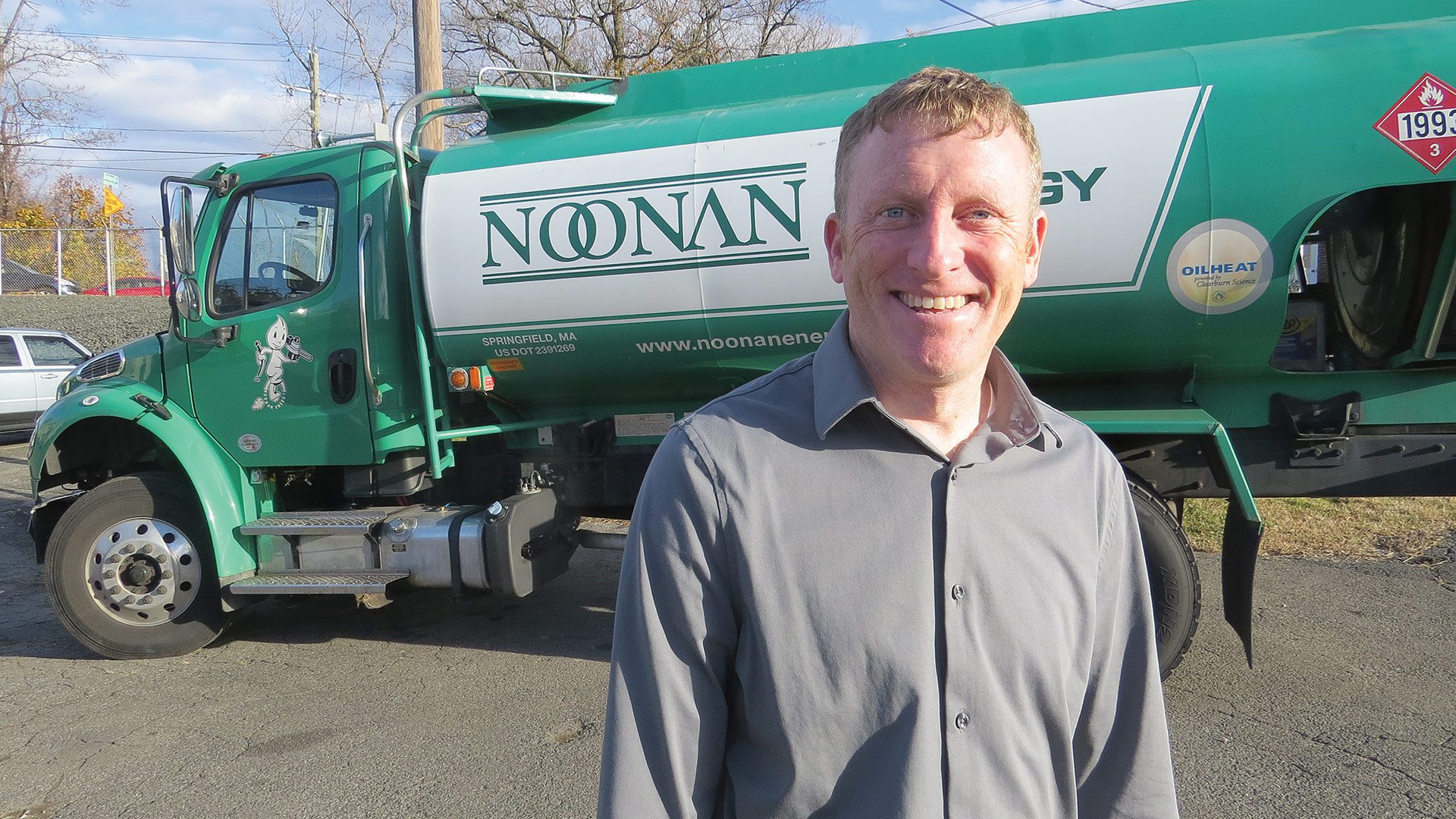
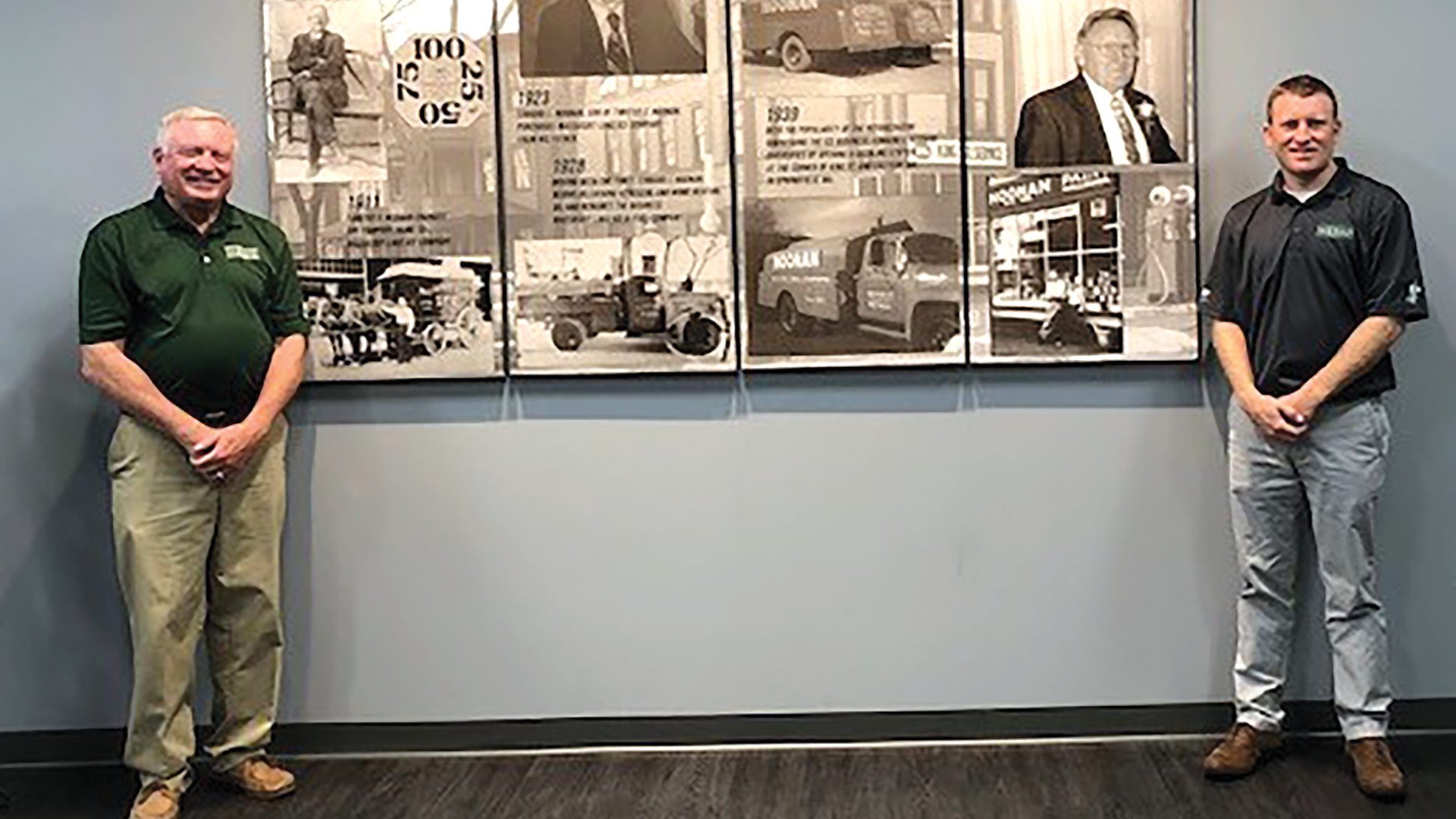
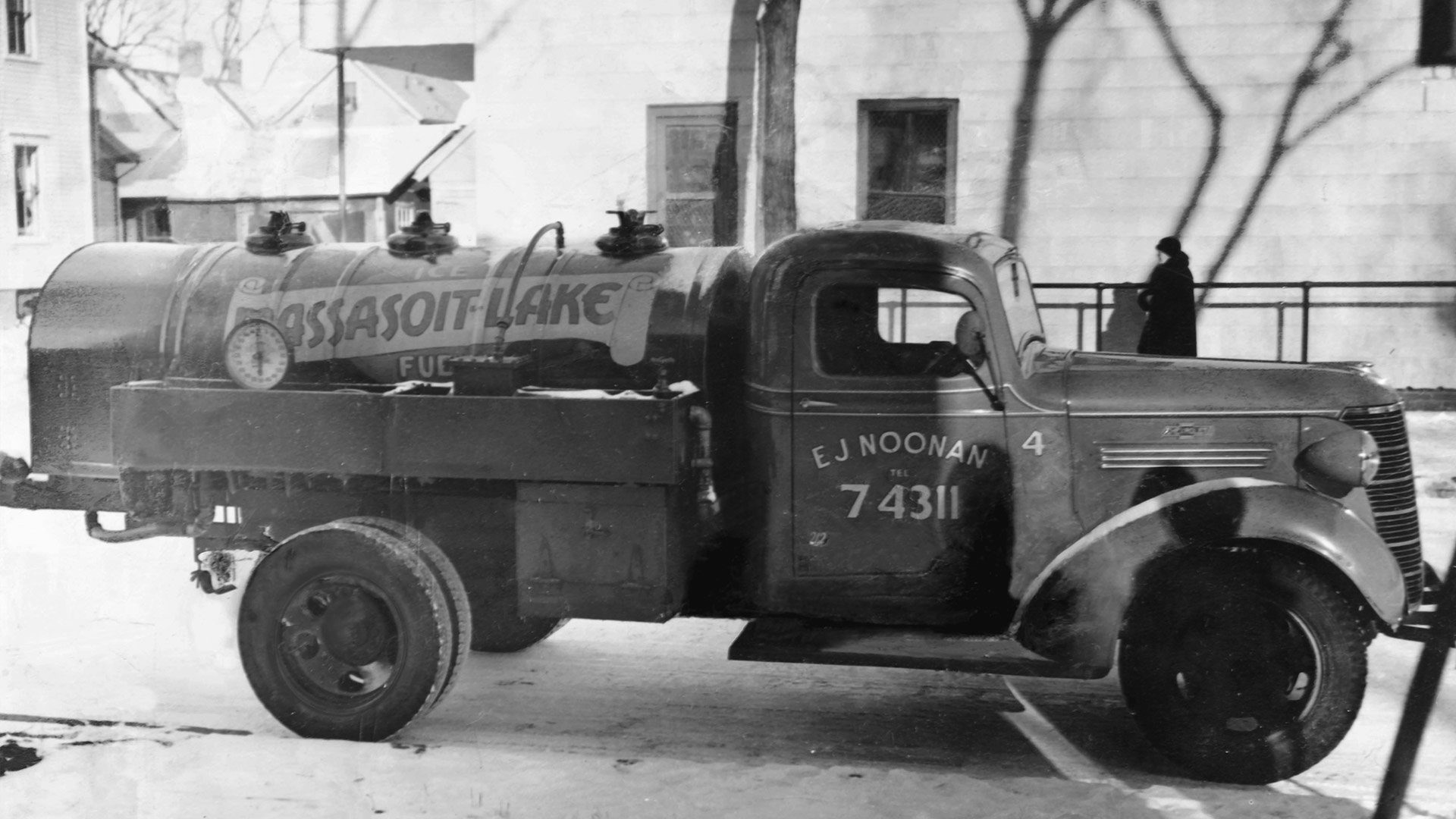
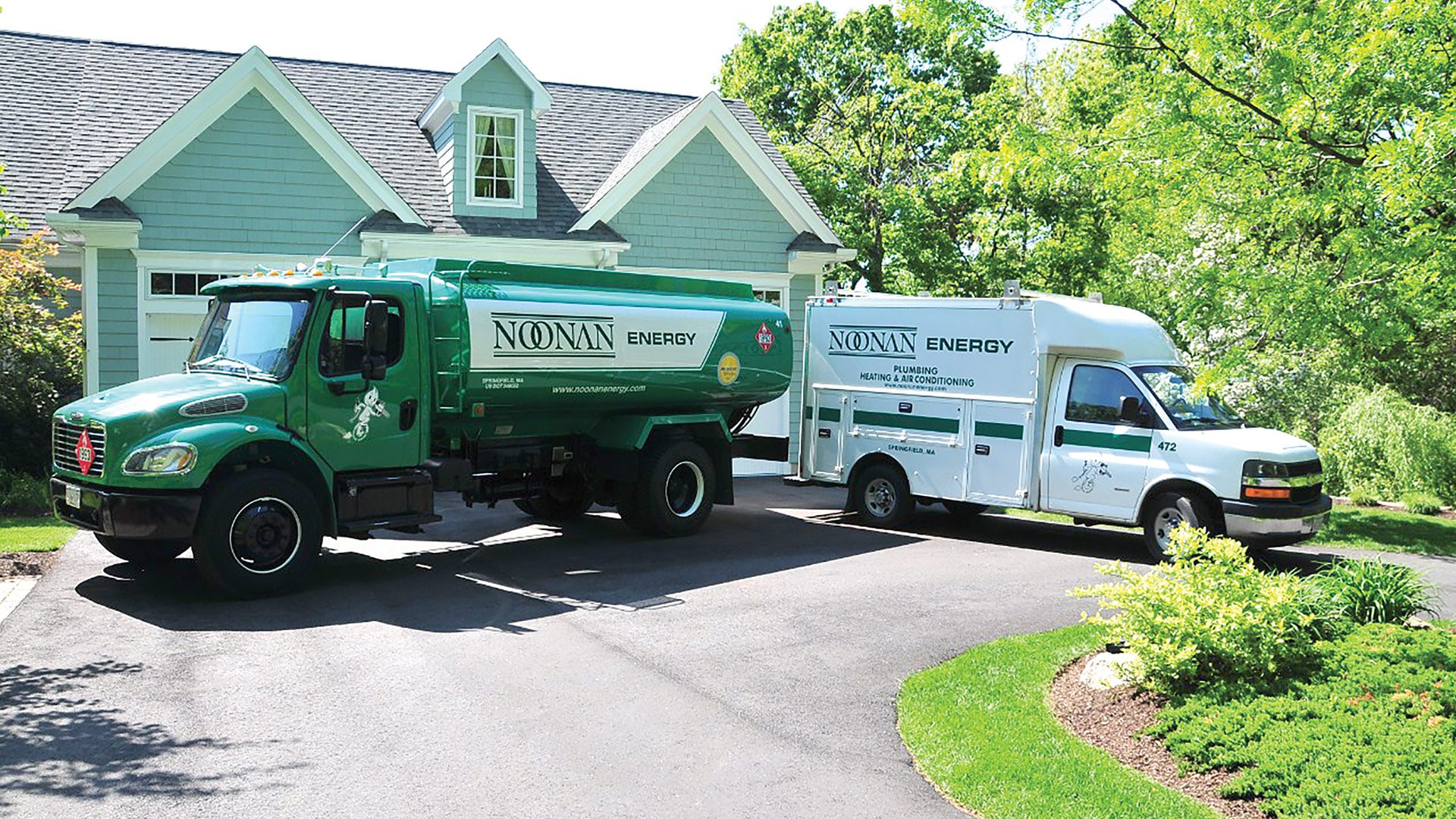
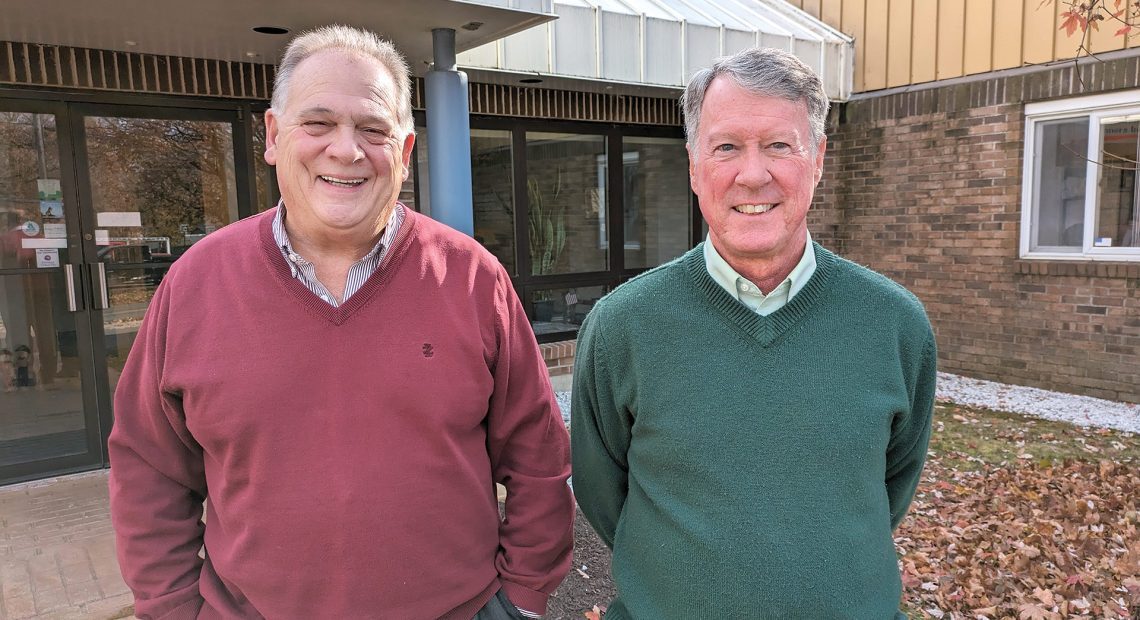










 “Recently, two very important changes were announced regarding the PFML law. As a result of those changes, employers need to take action in the coming weeks.”
“Recently, two very important changes were announced regarding the PFML law. As a result of those changes, employers need to take action in the coming weeks.”